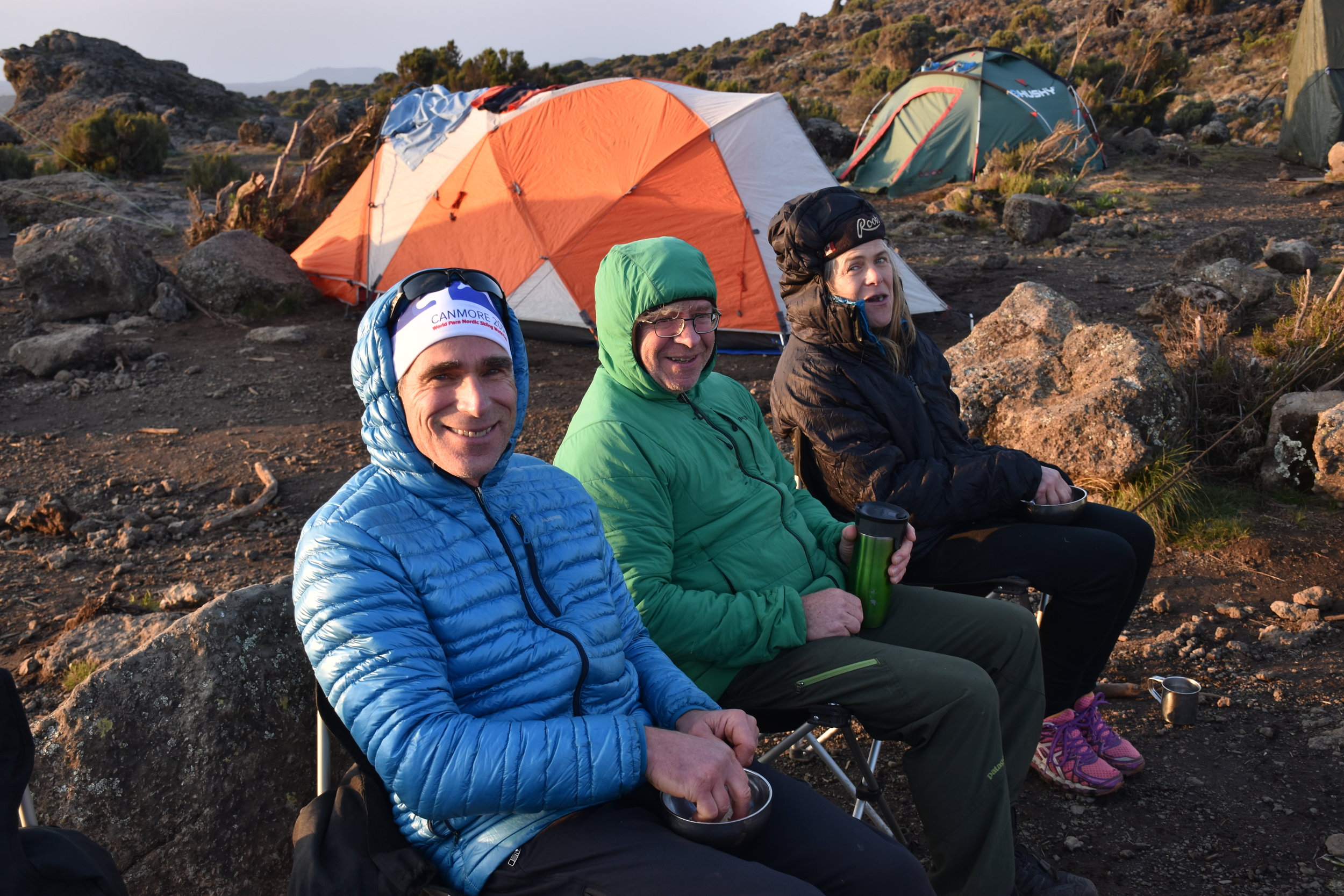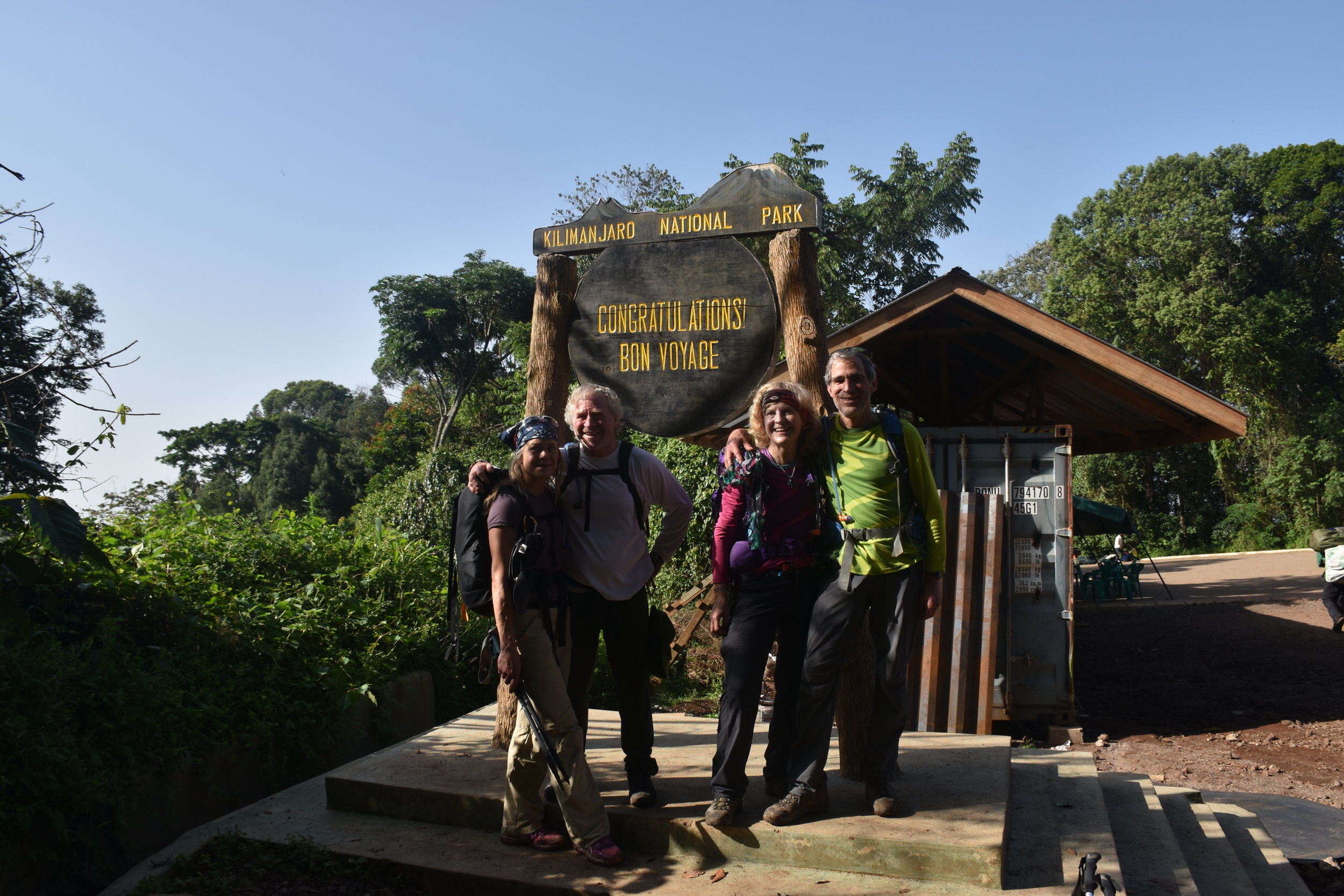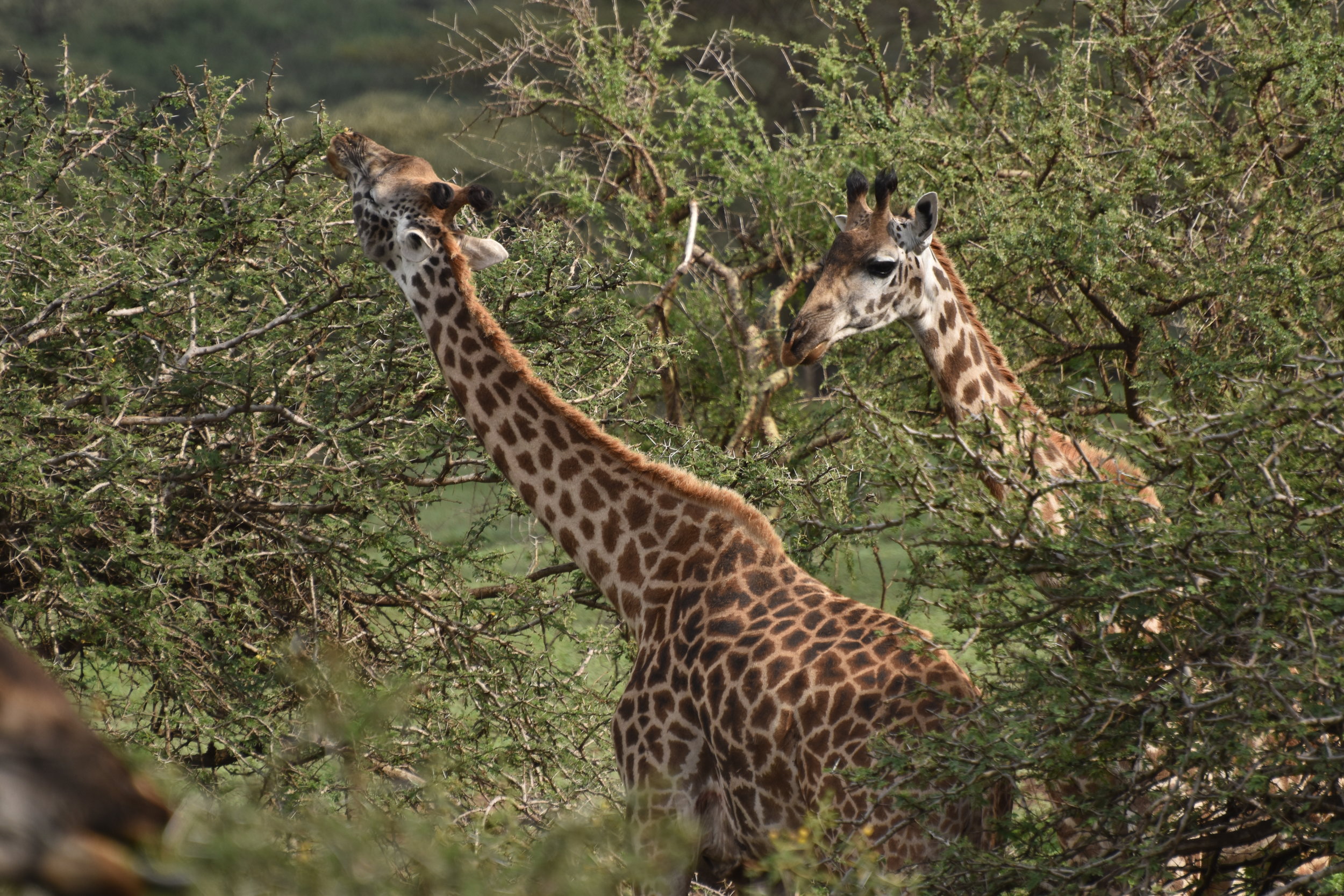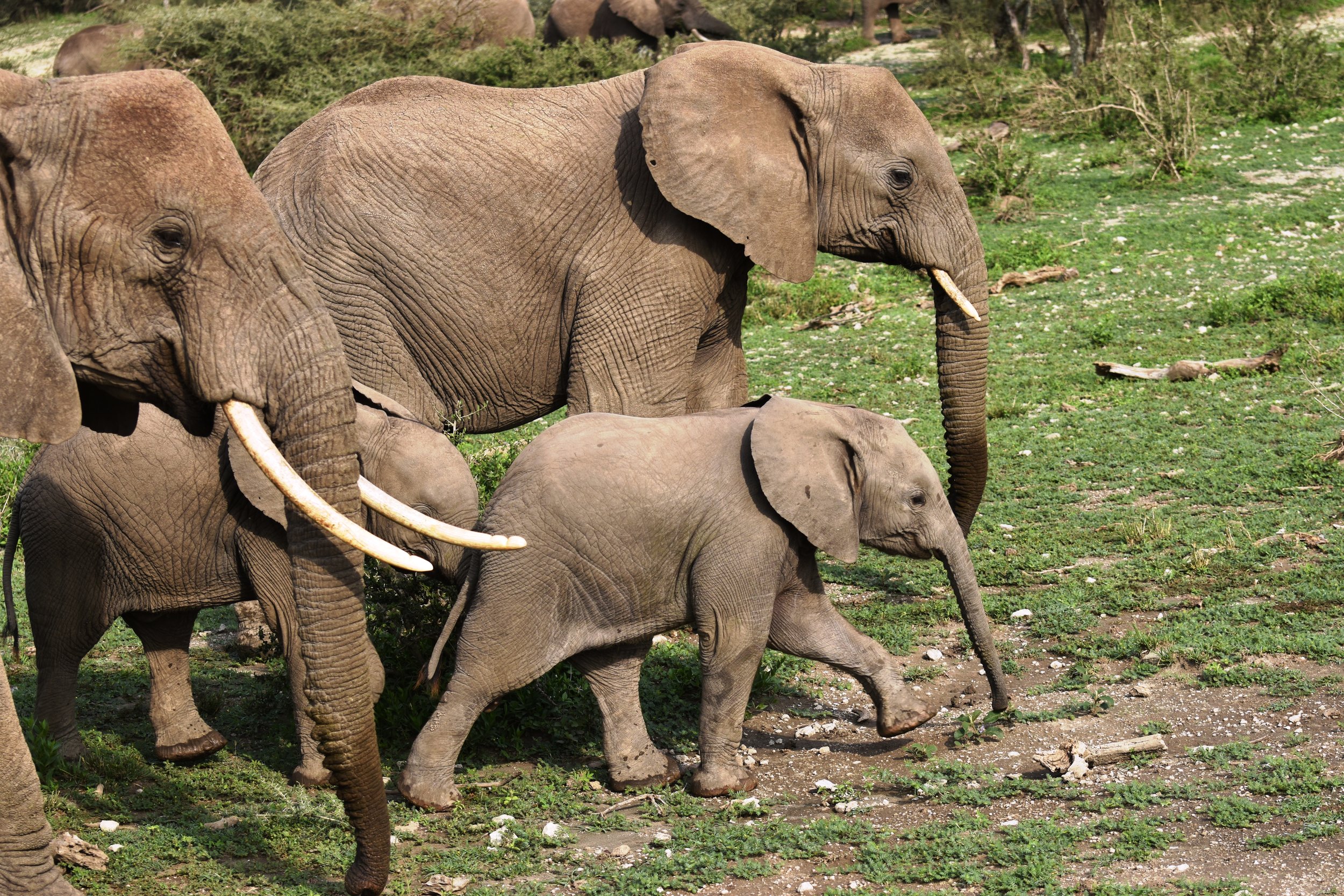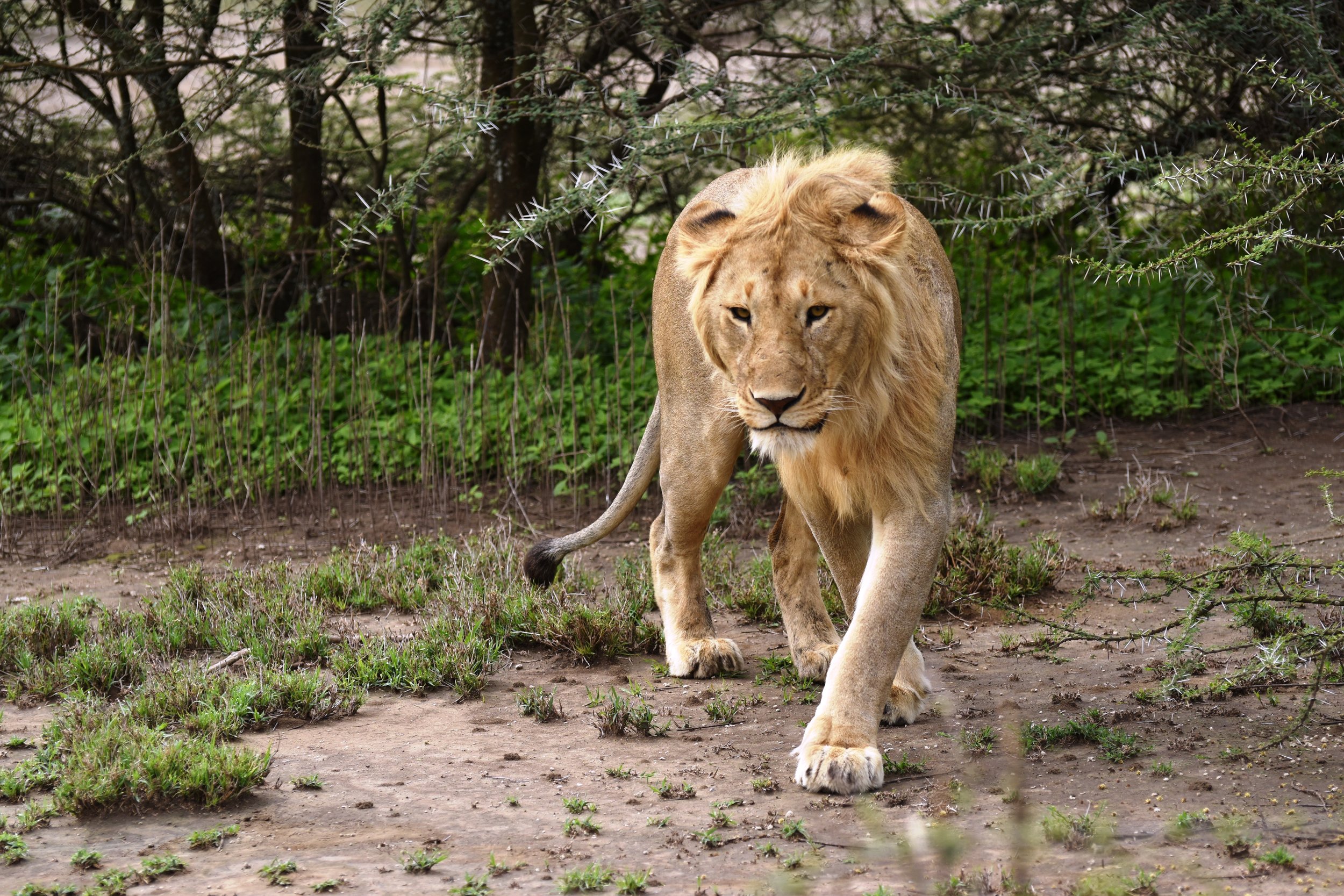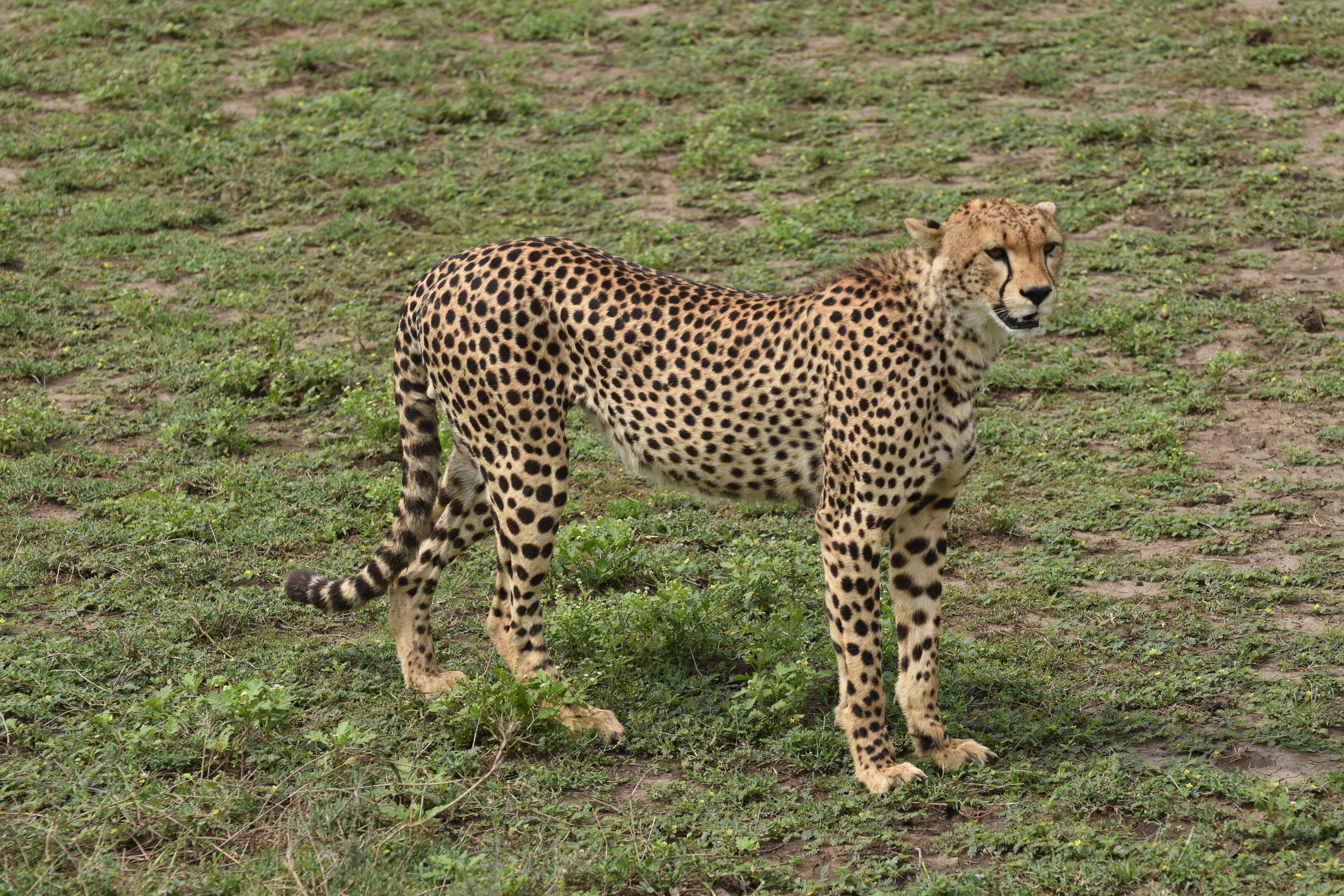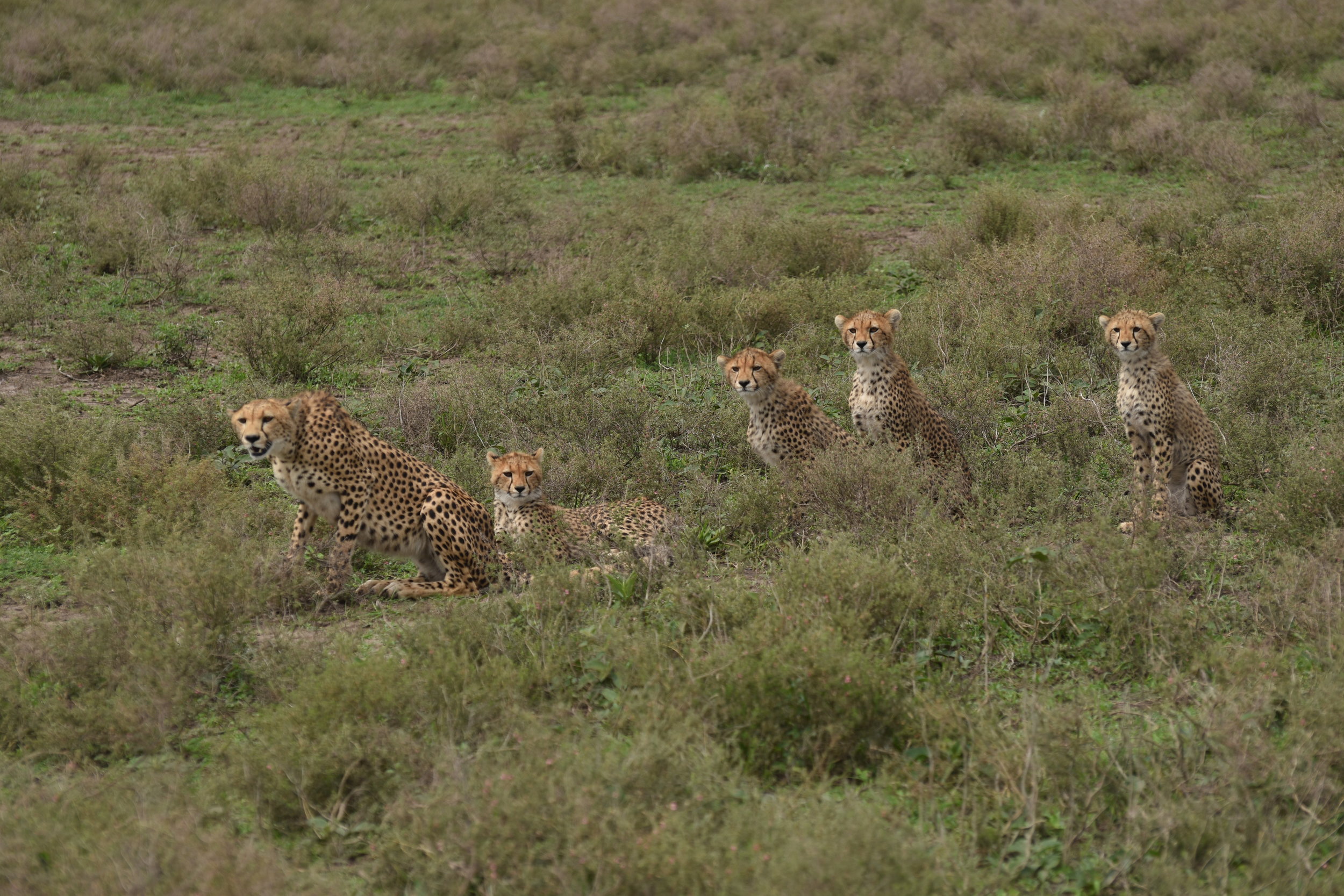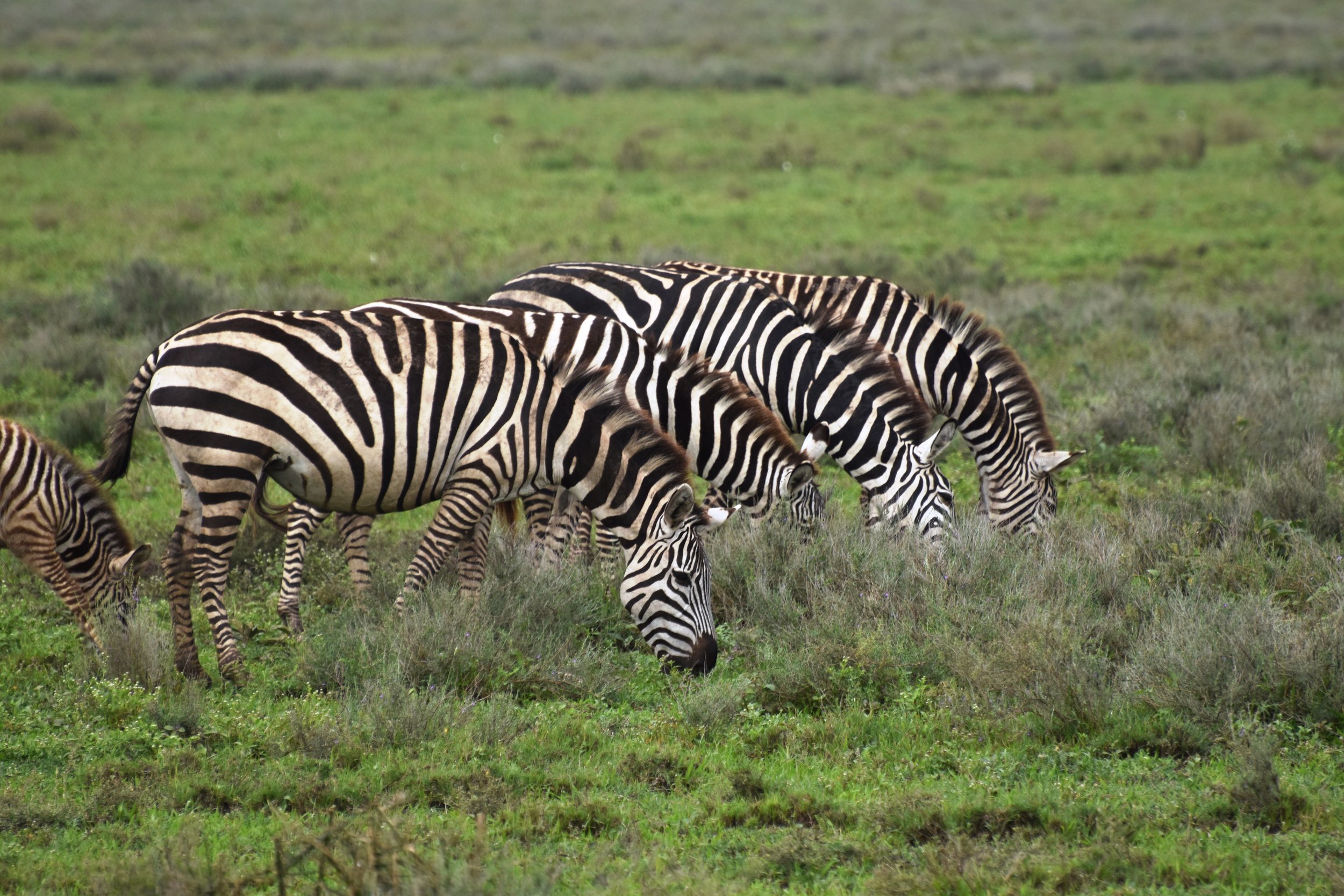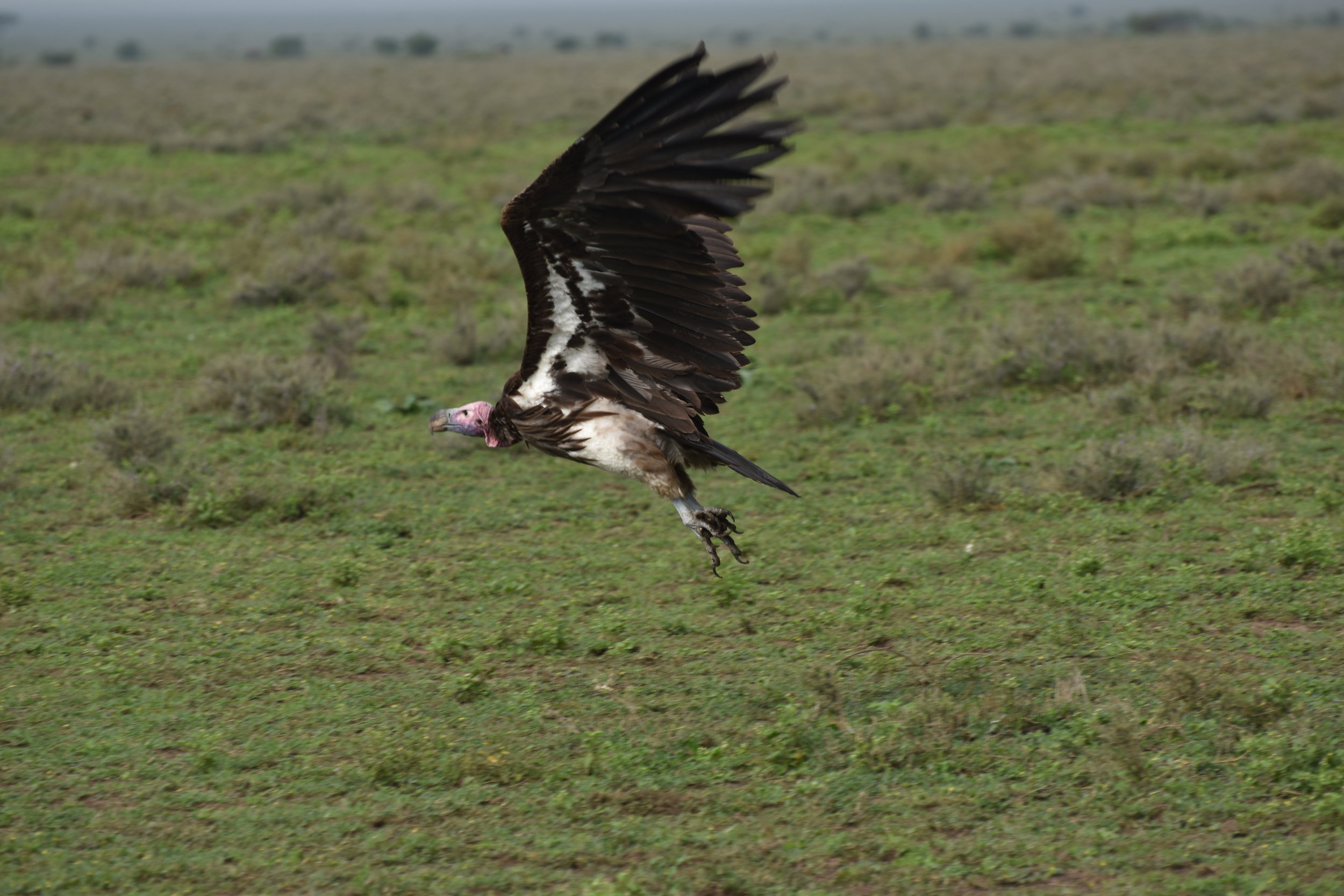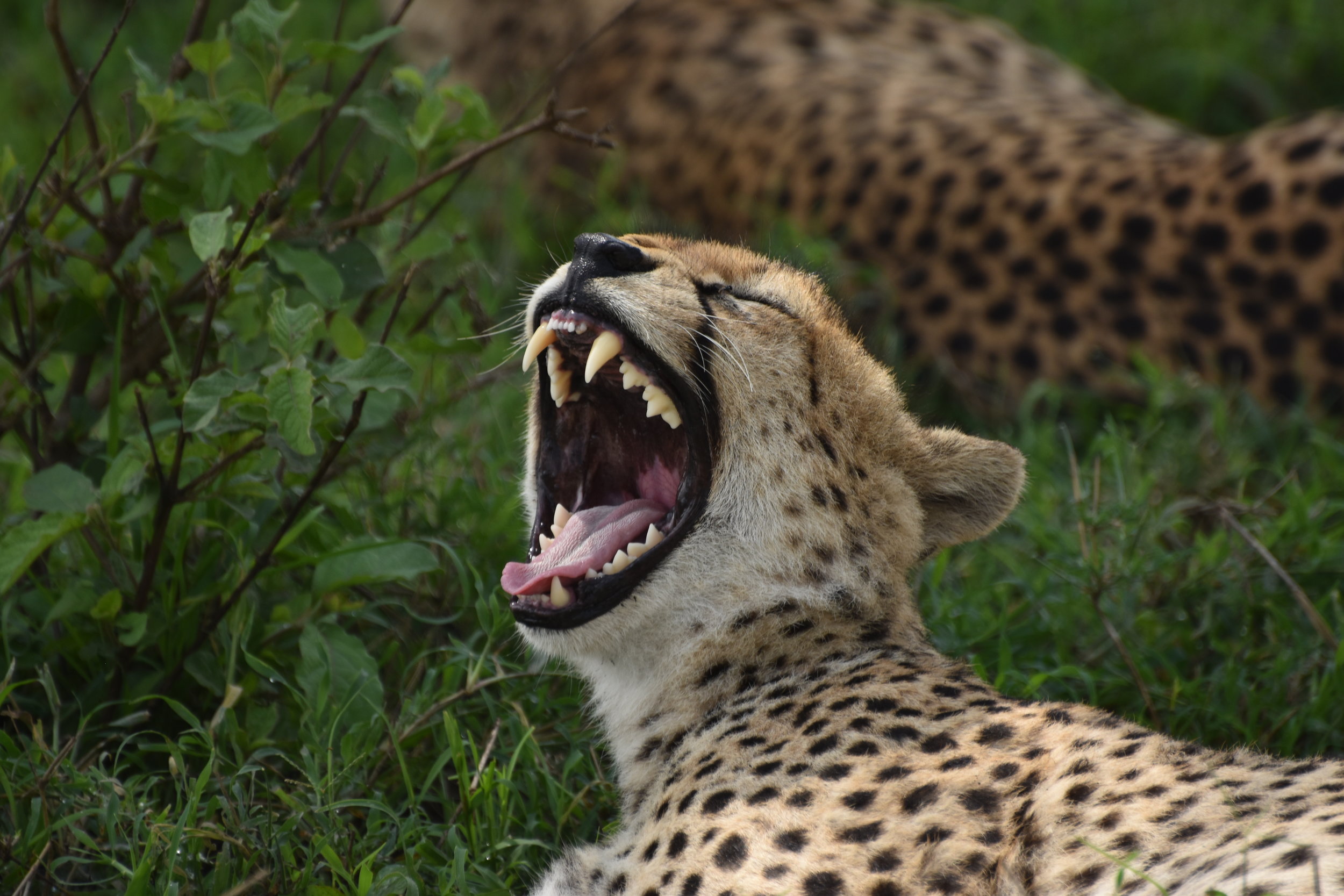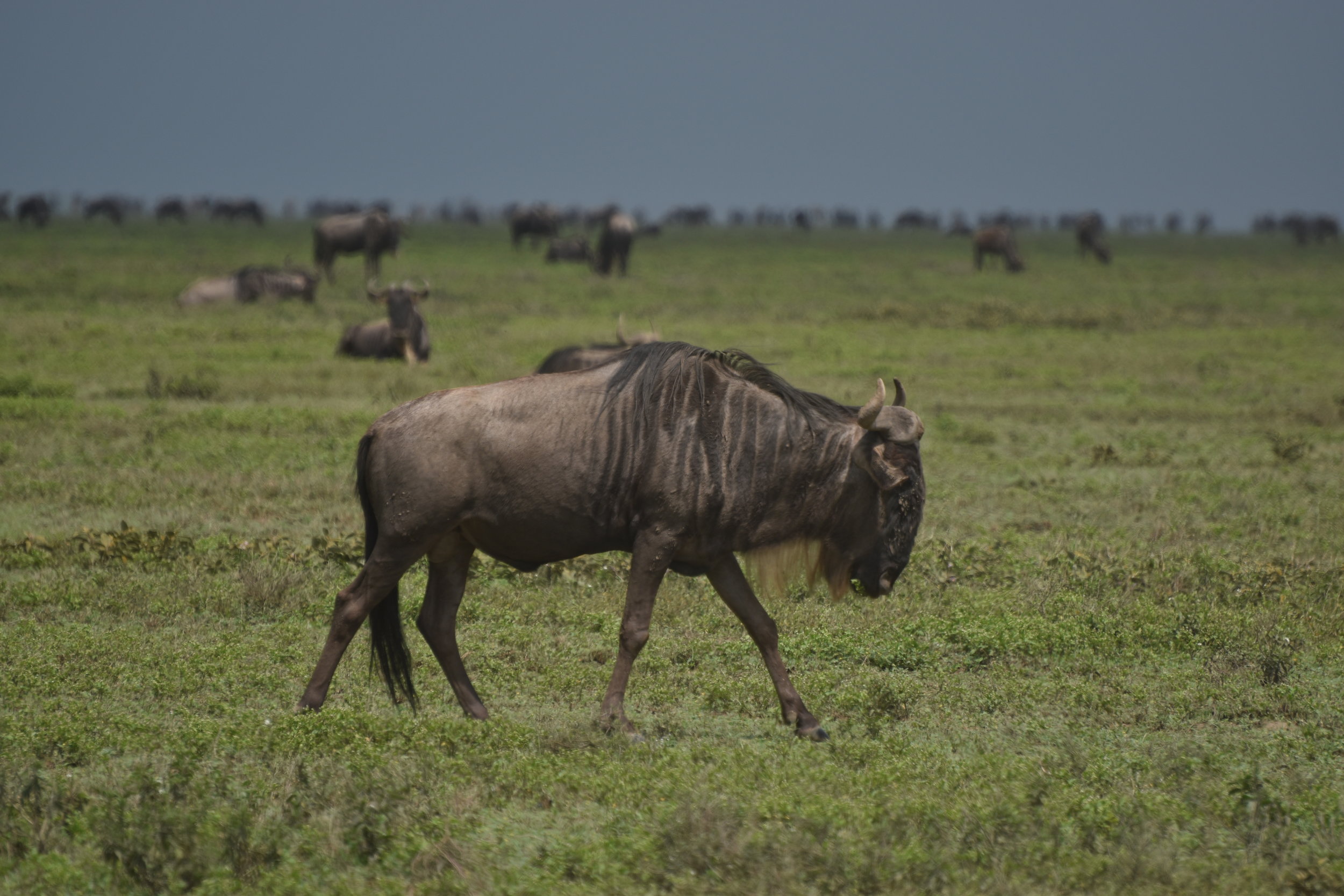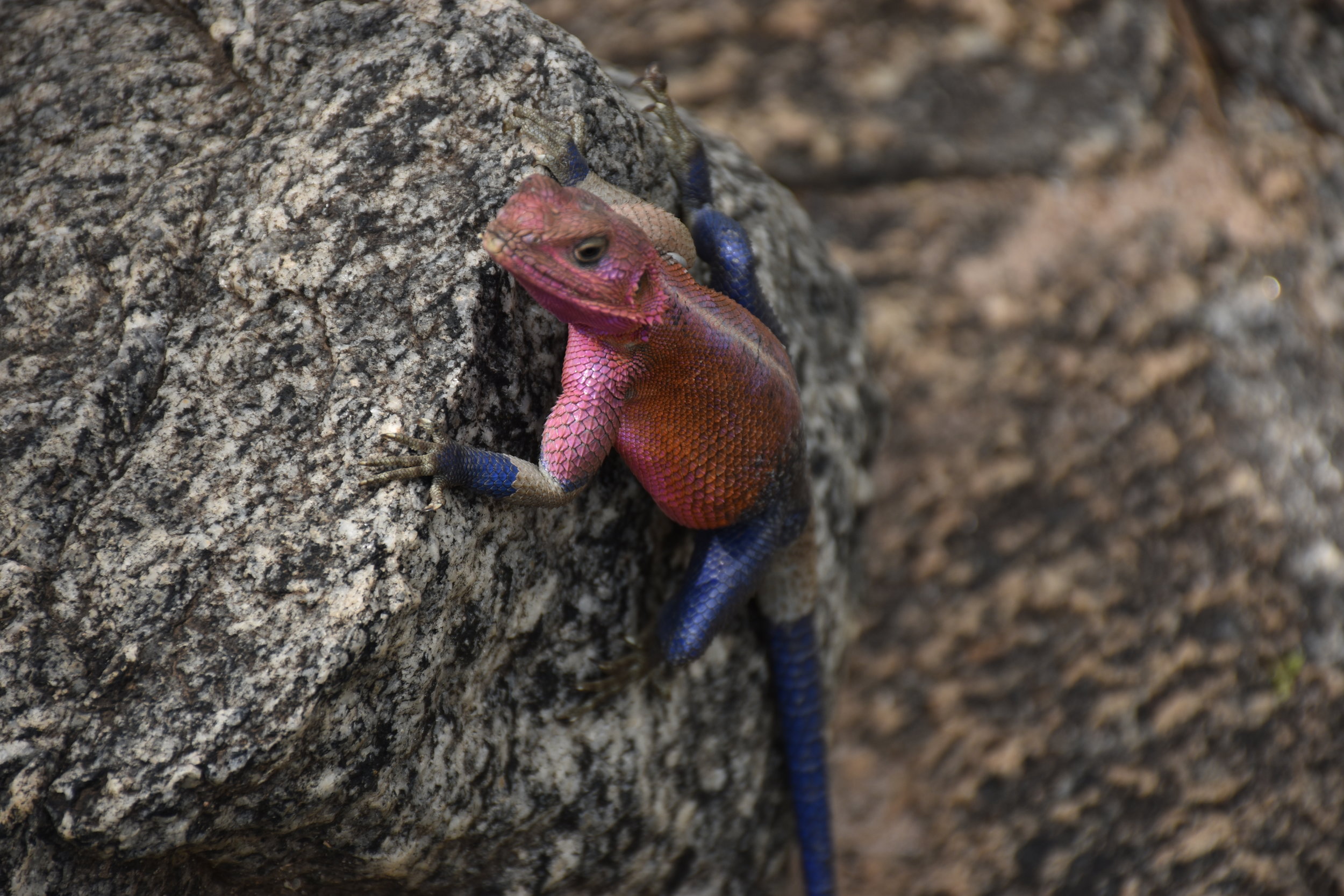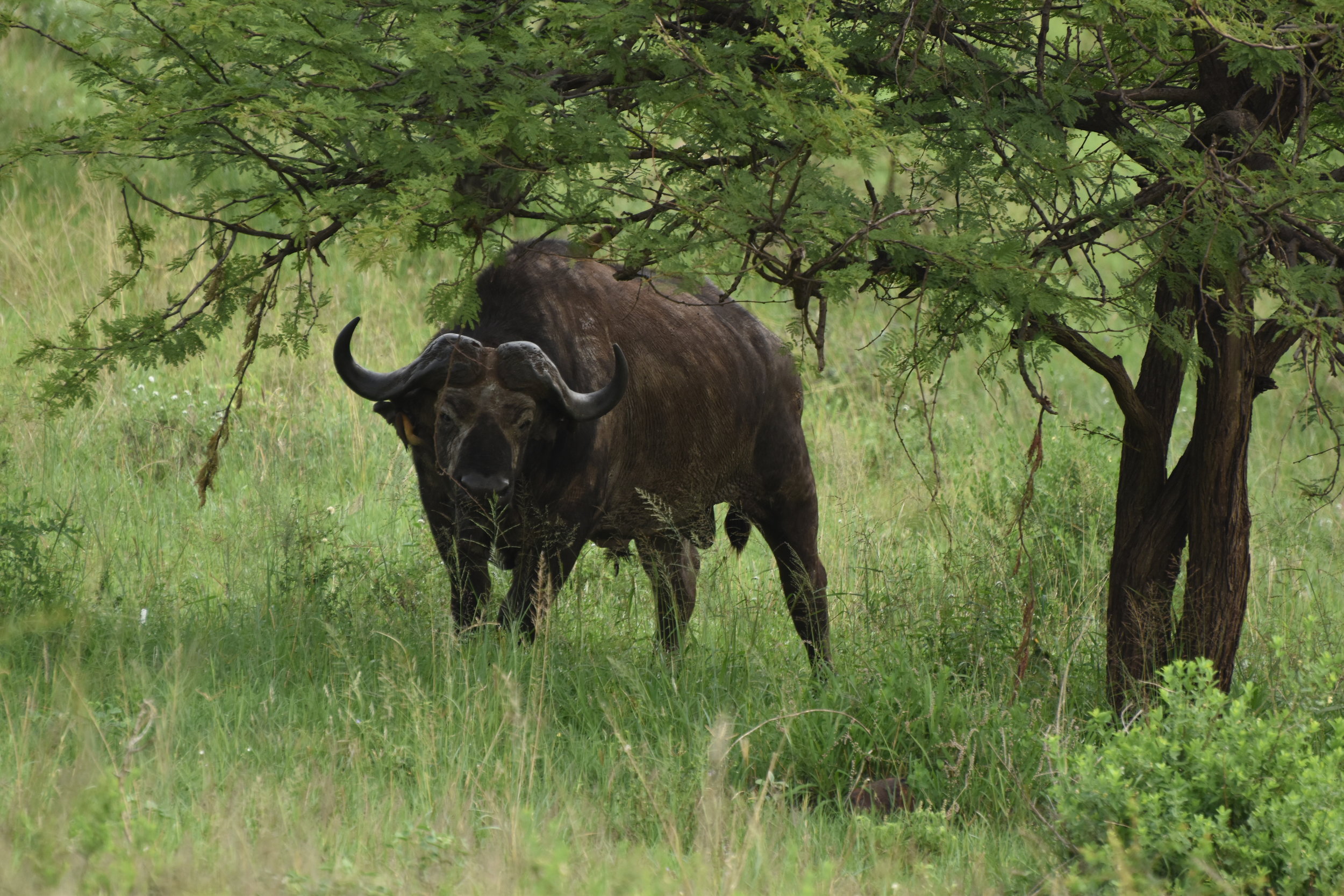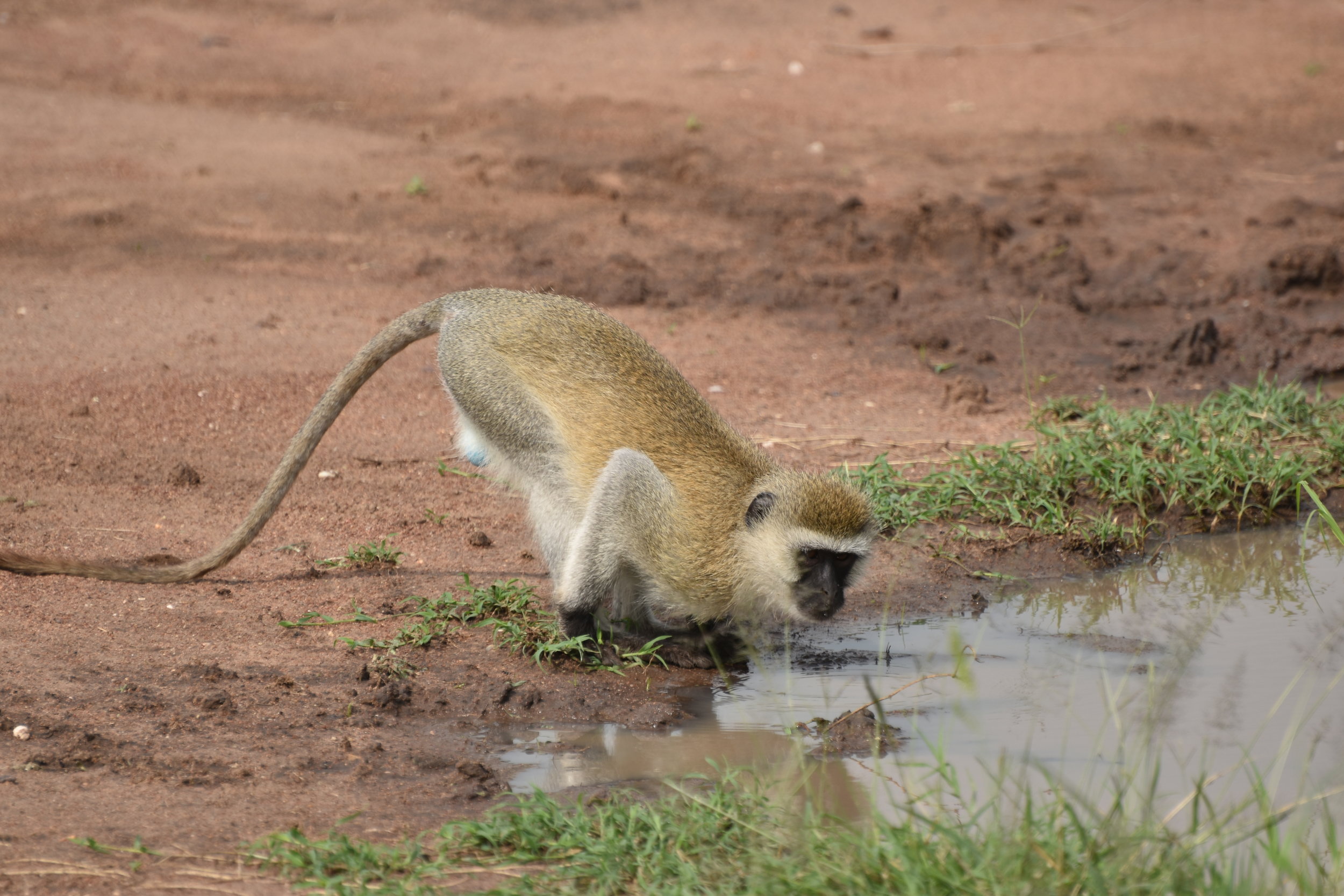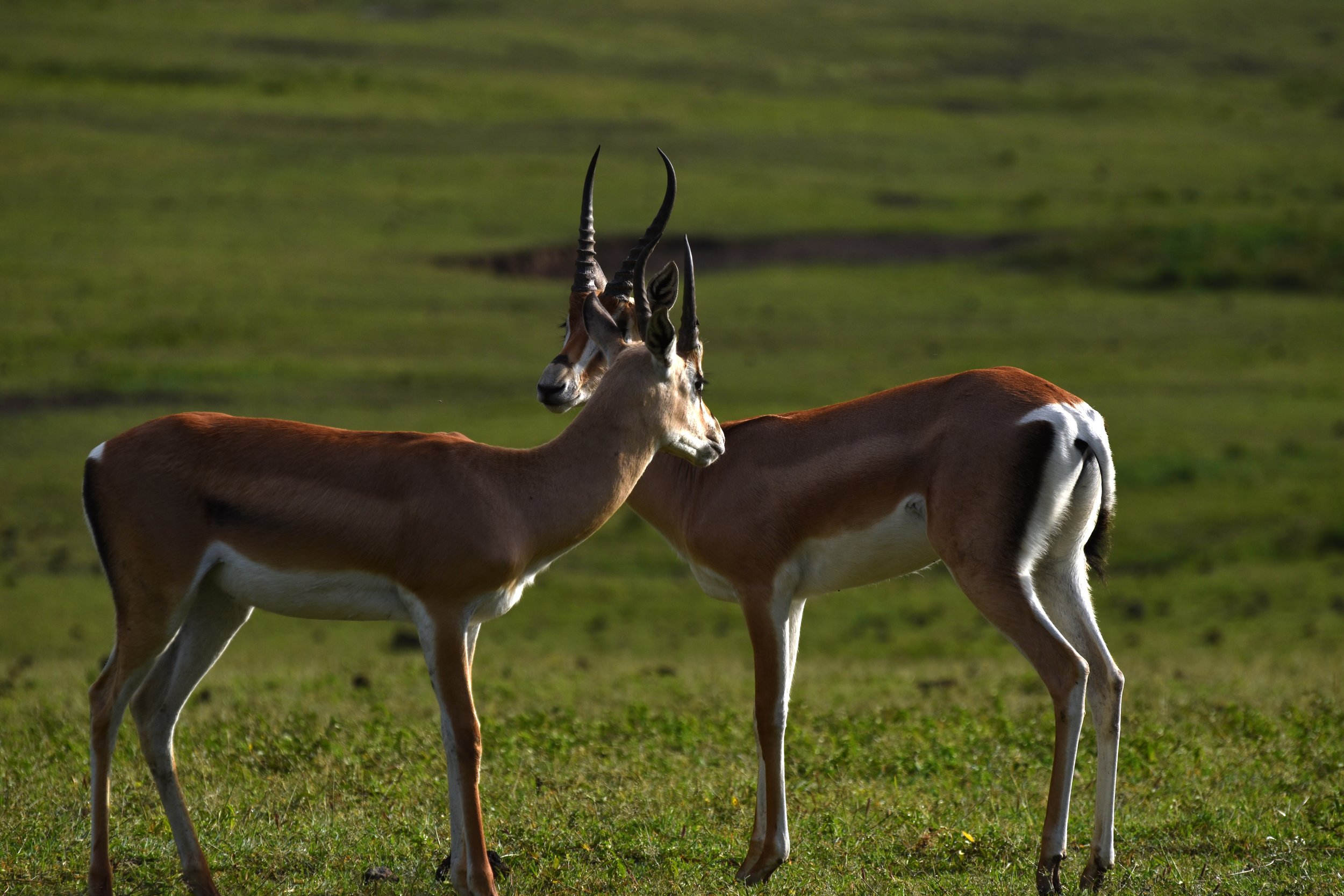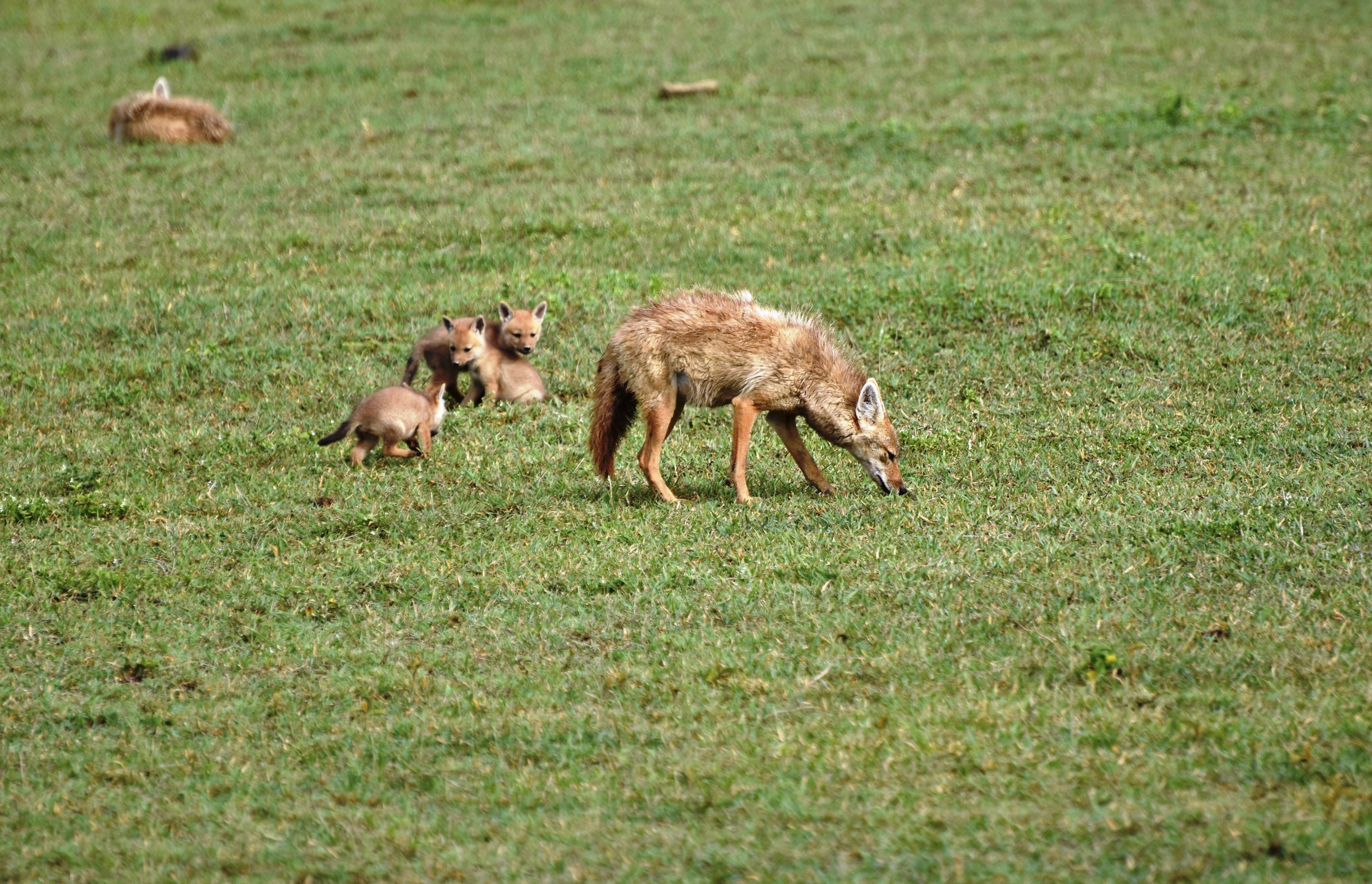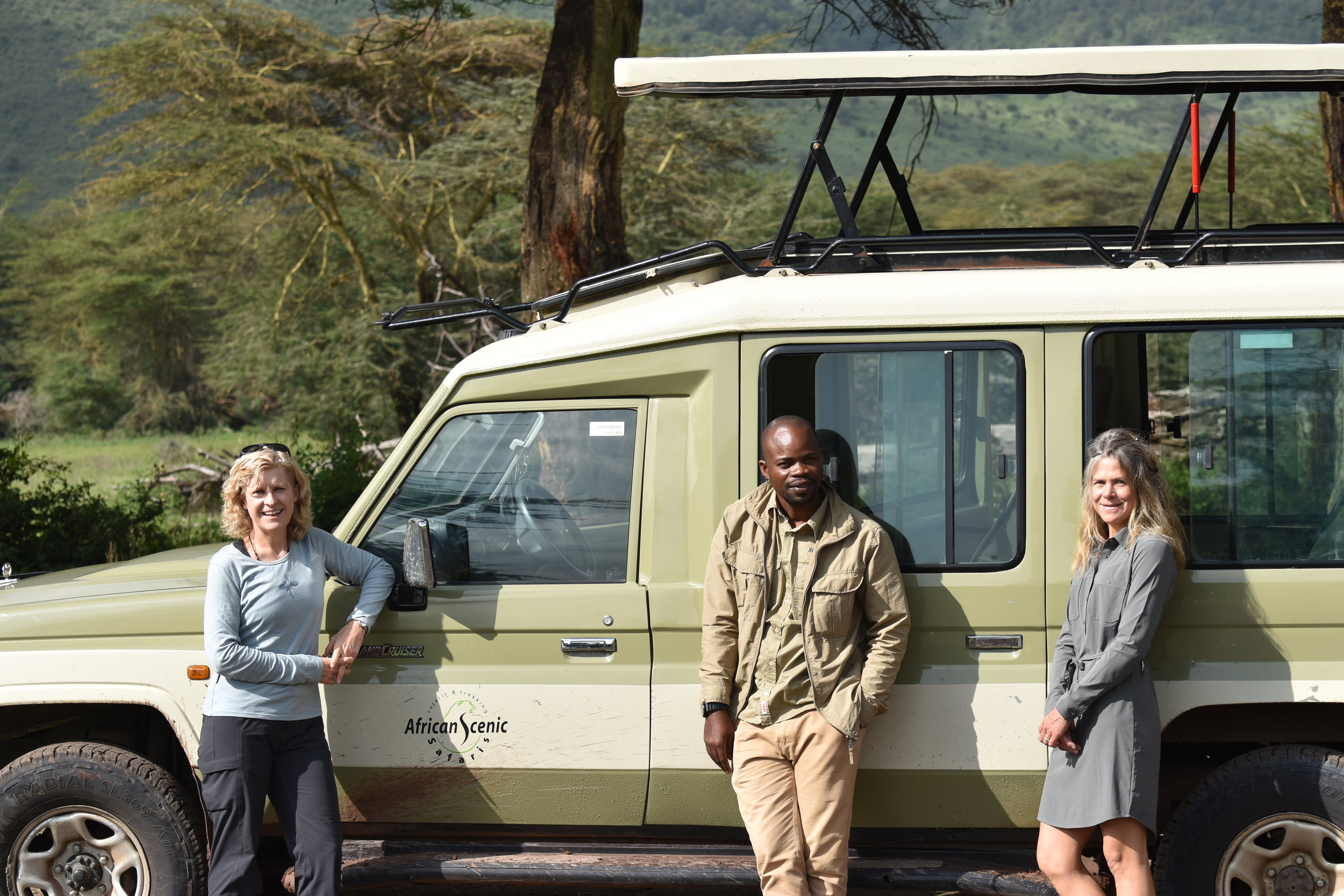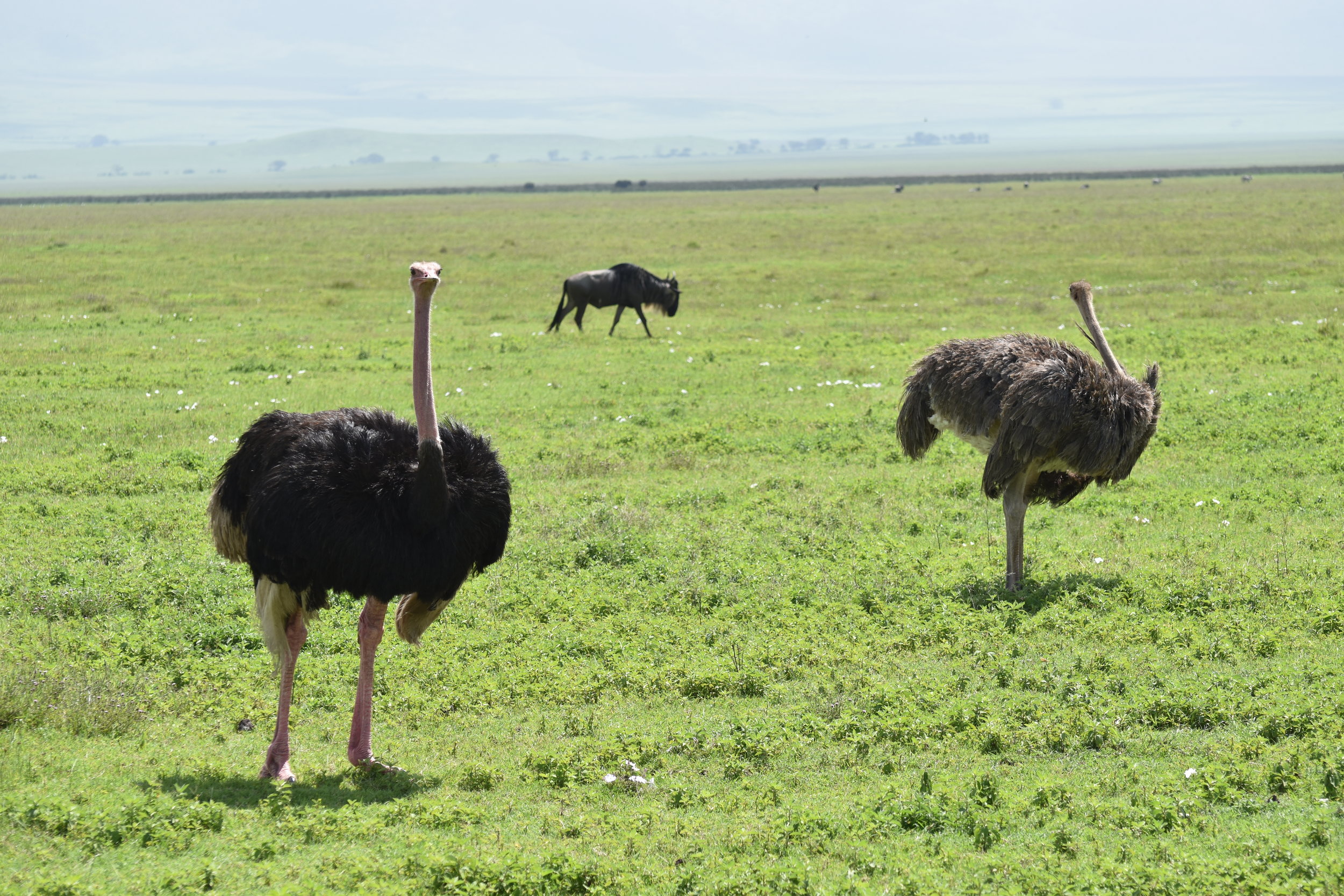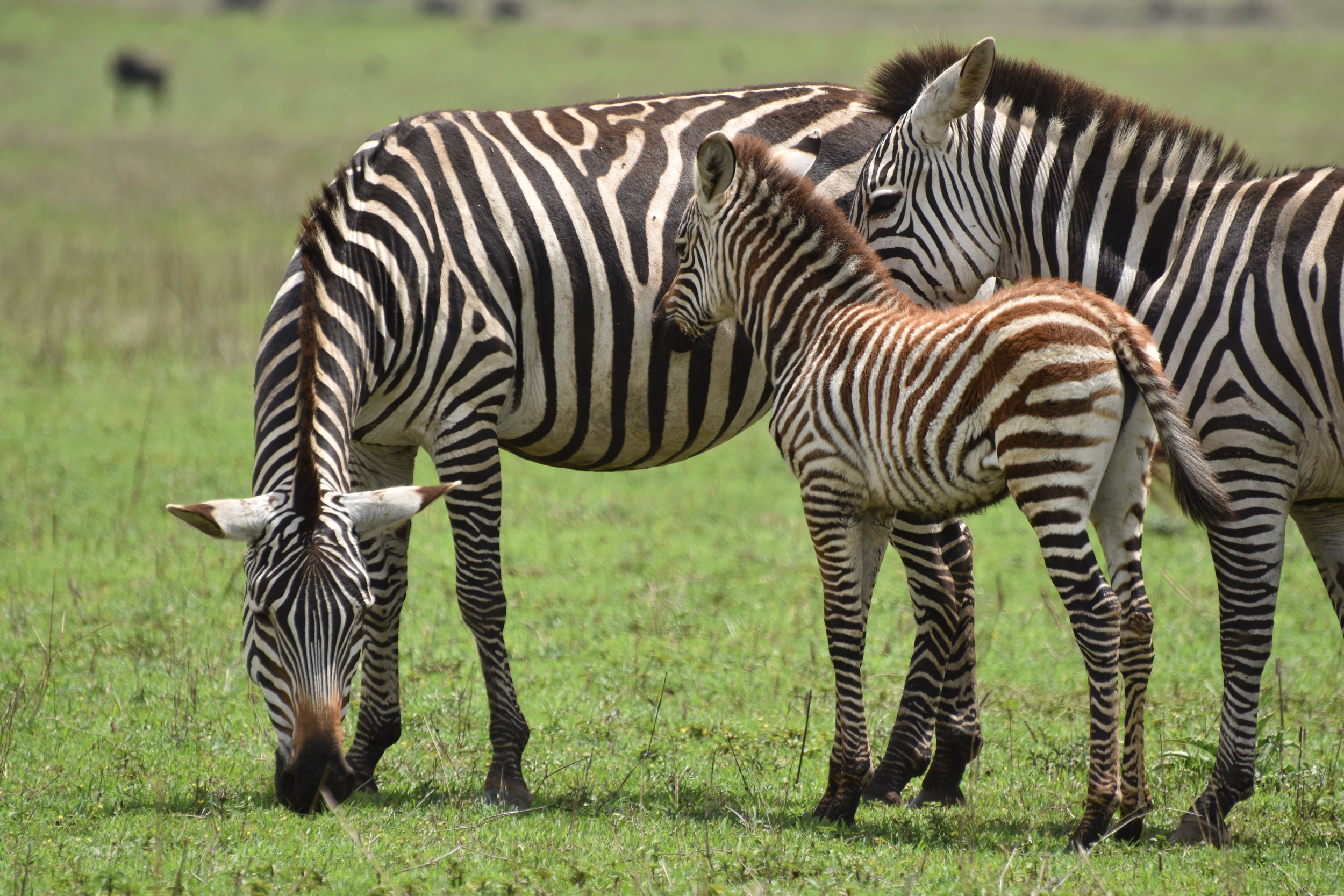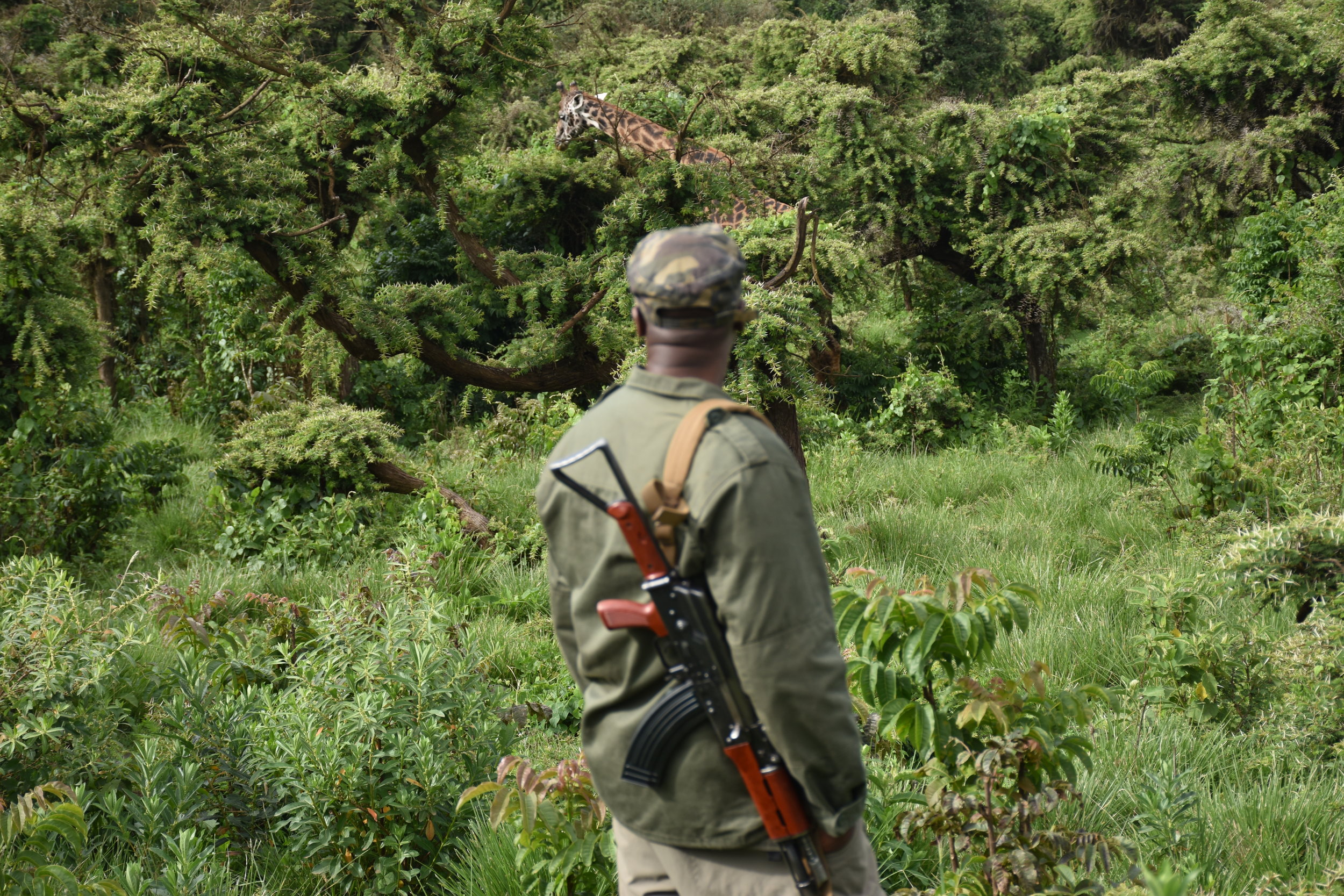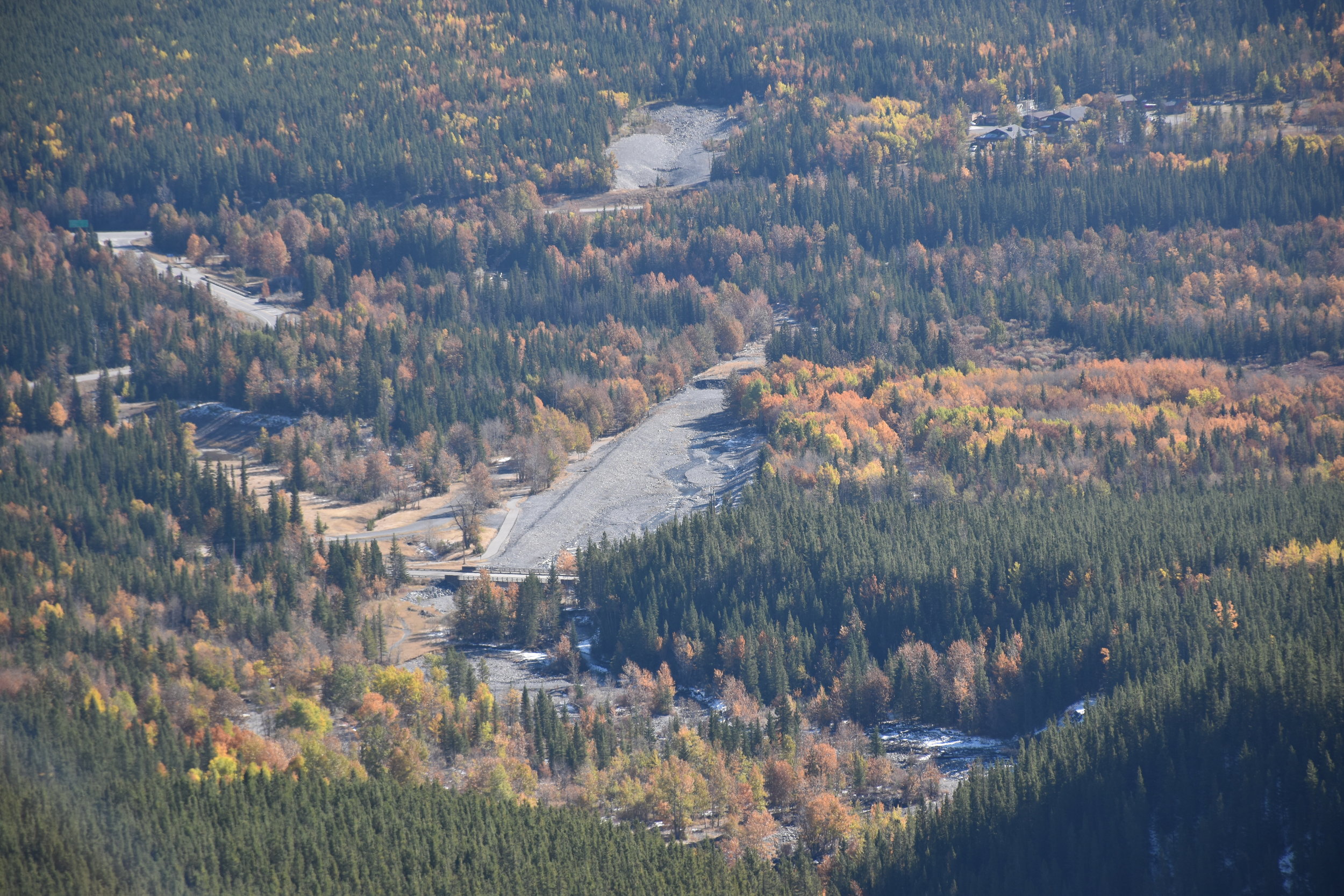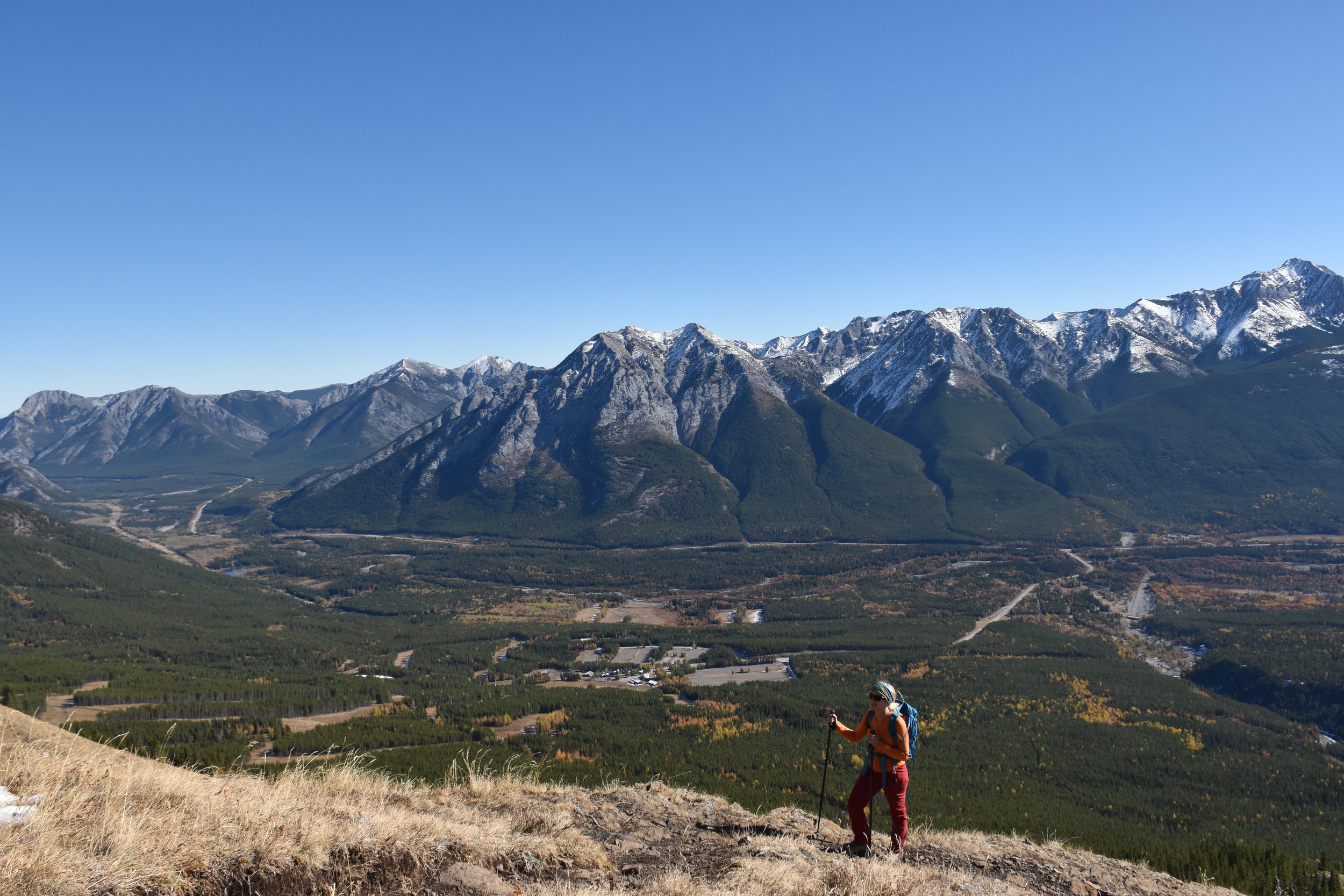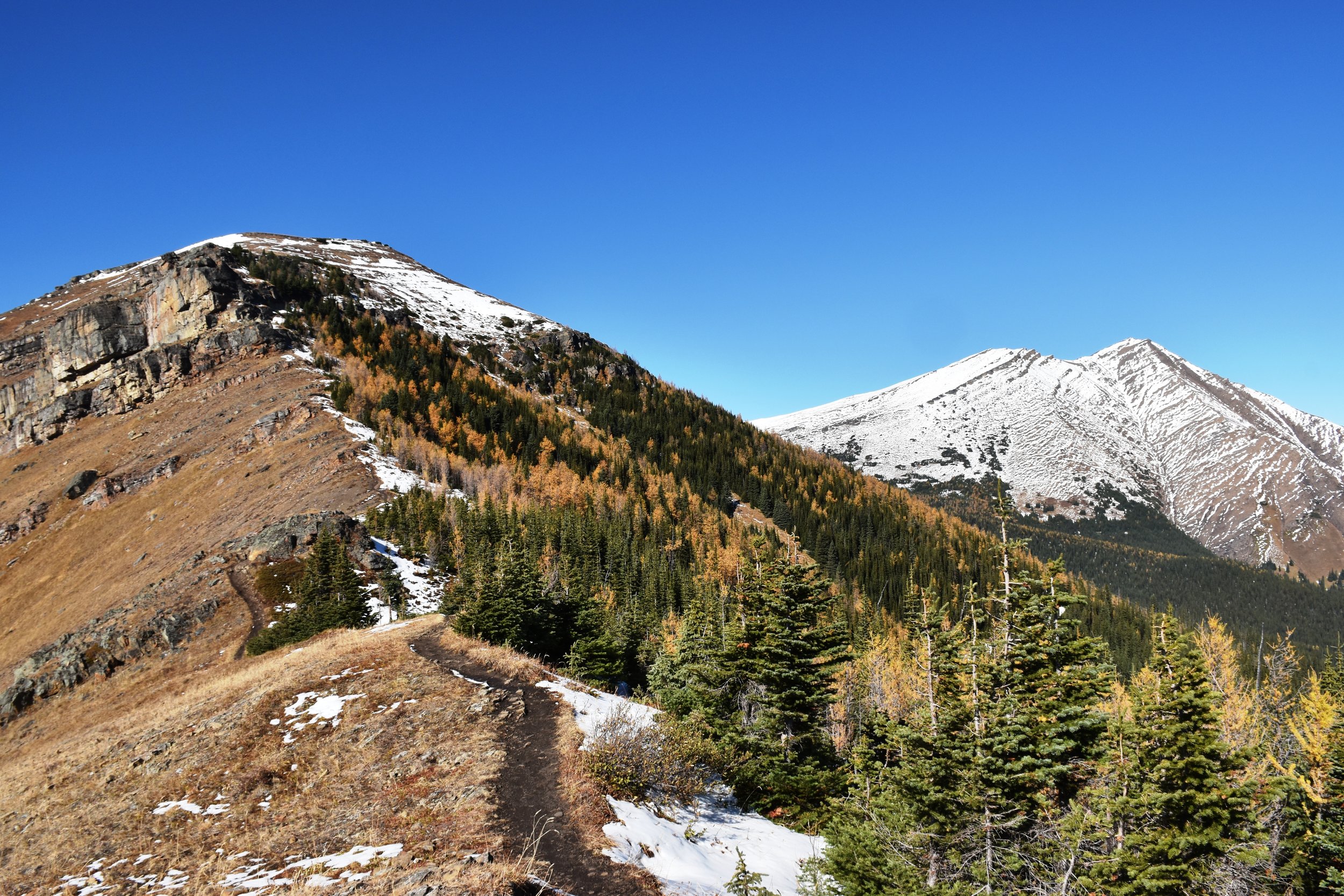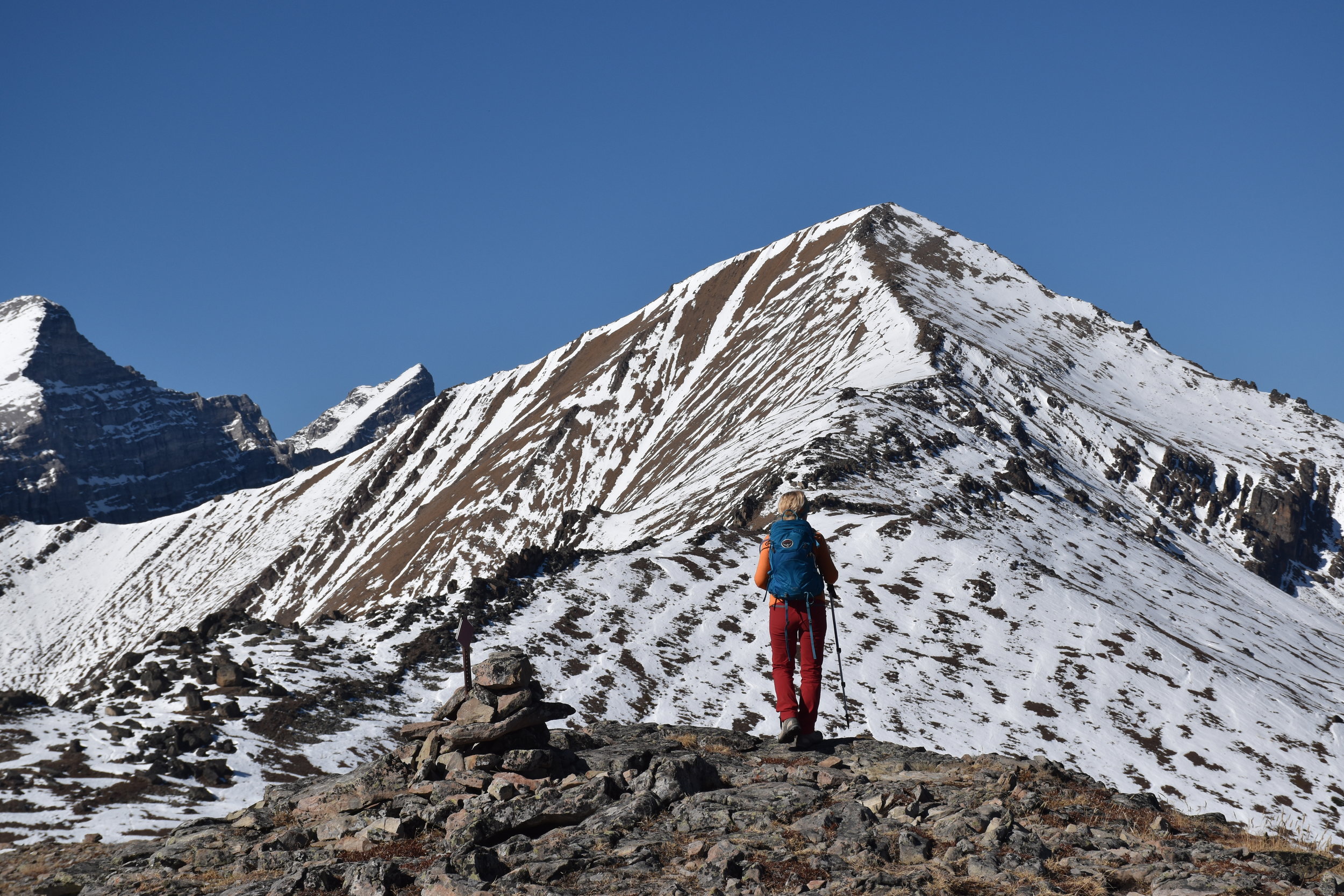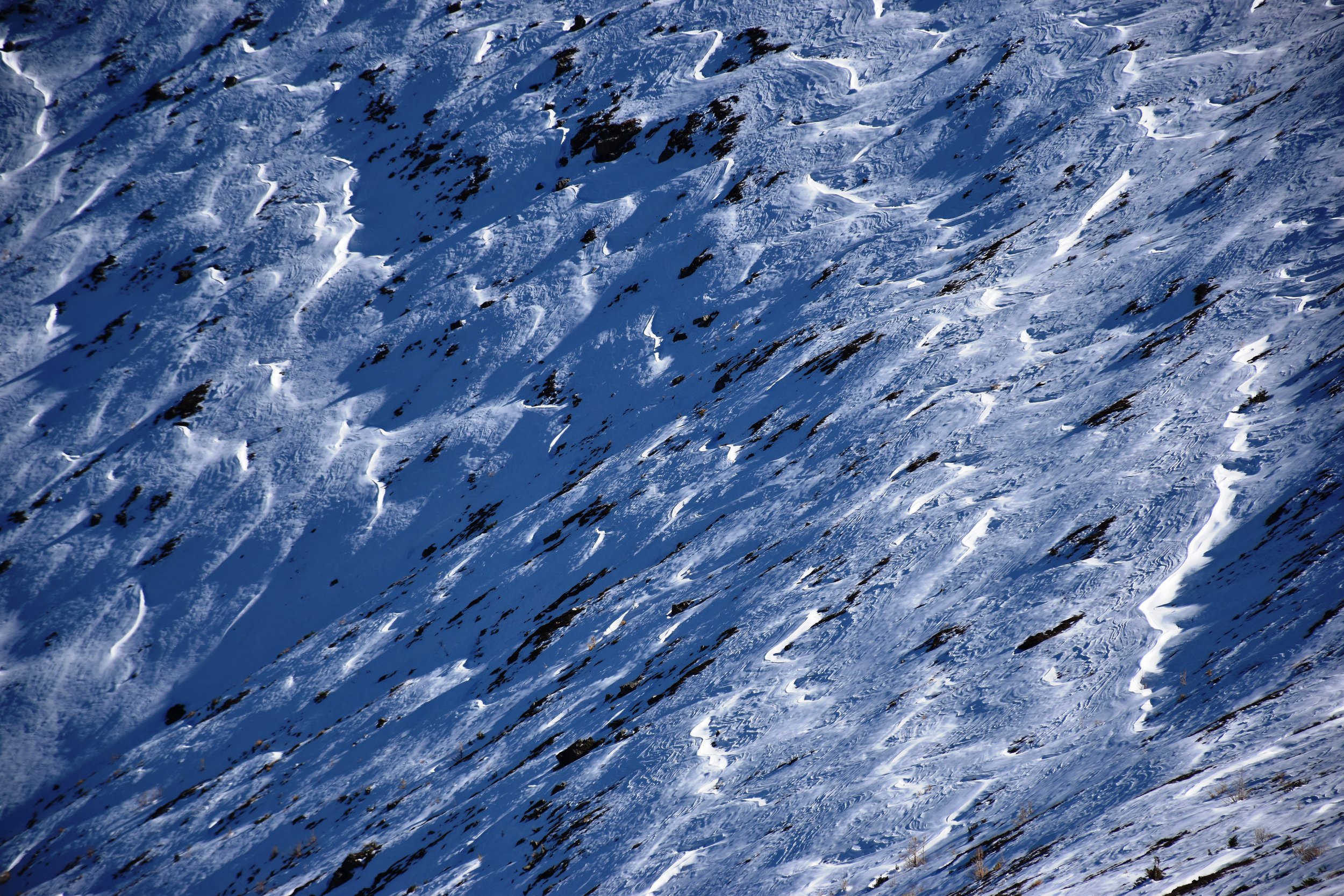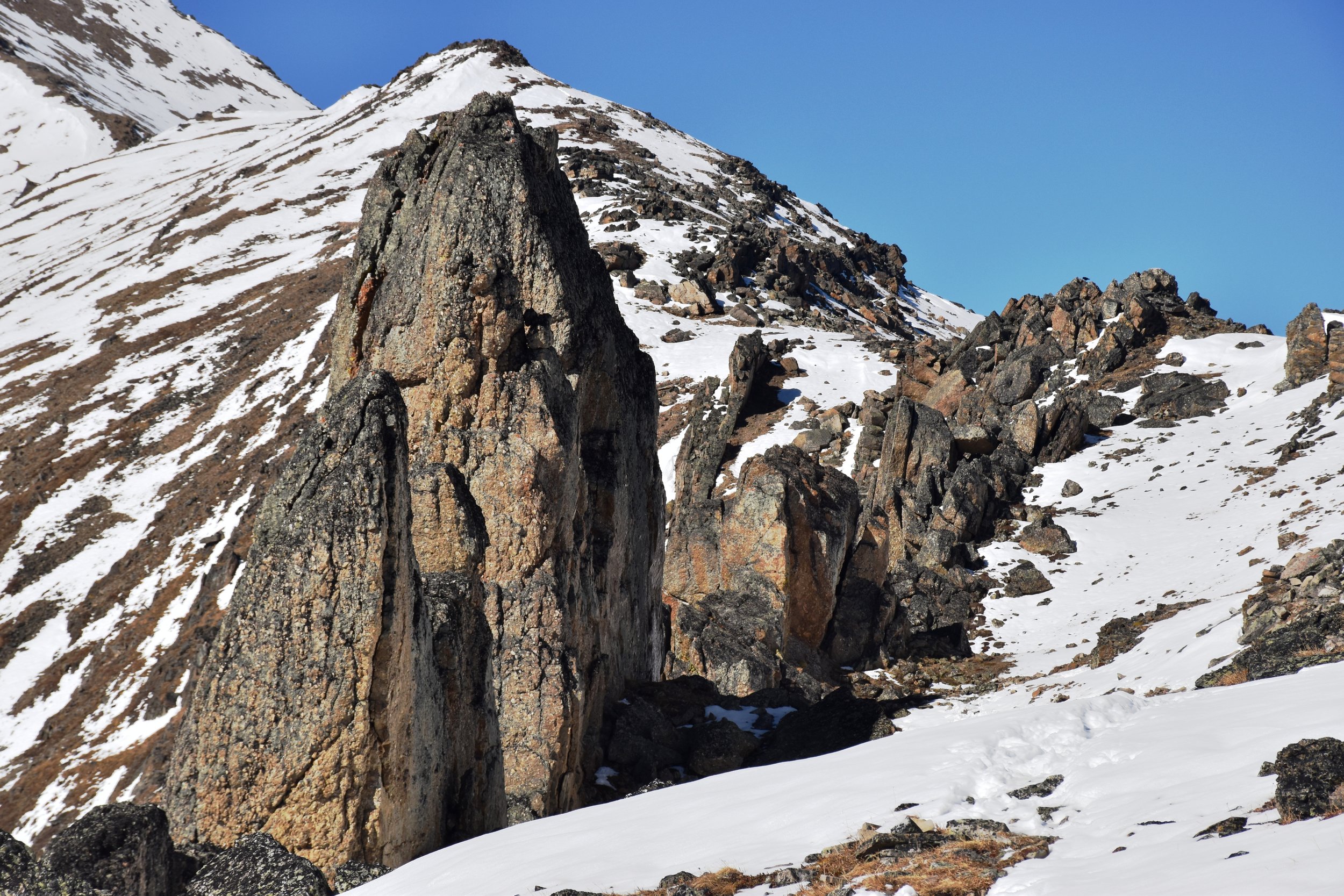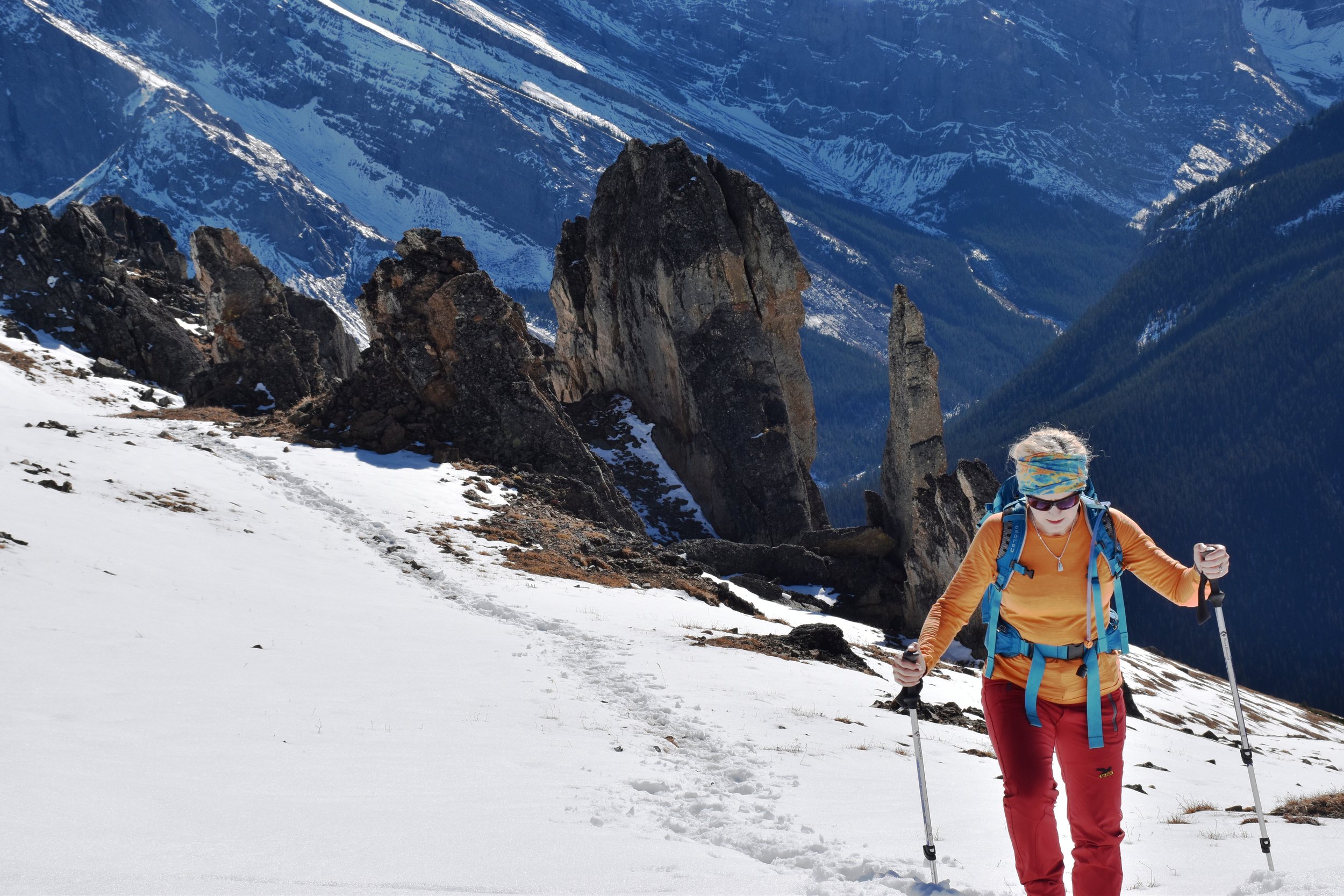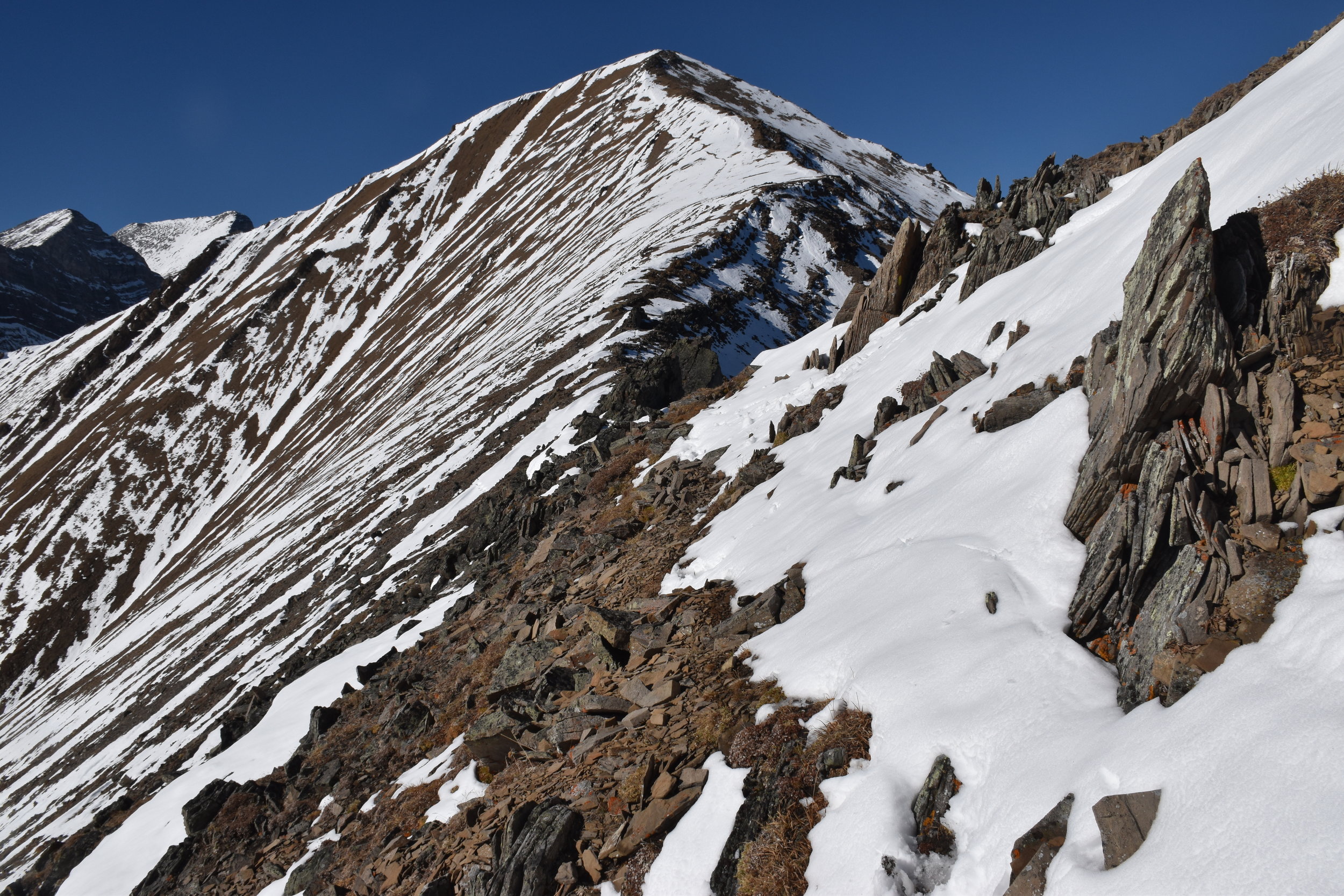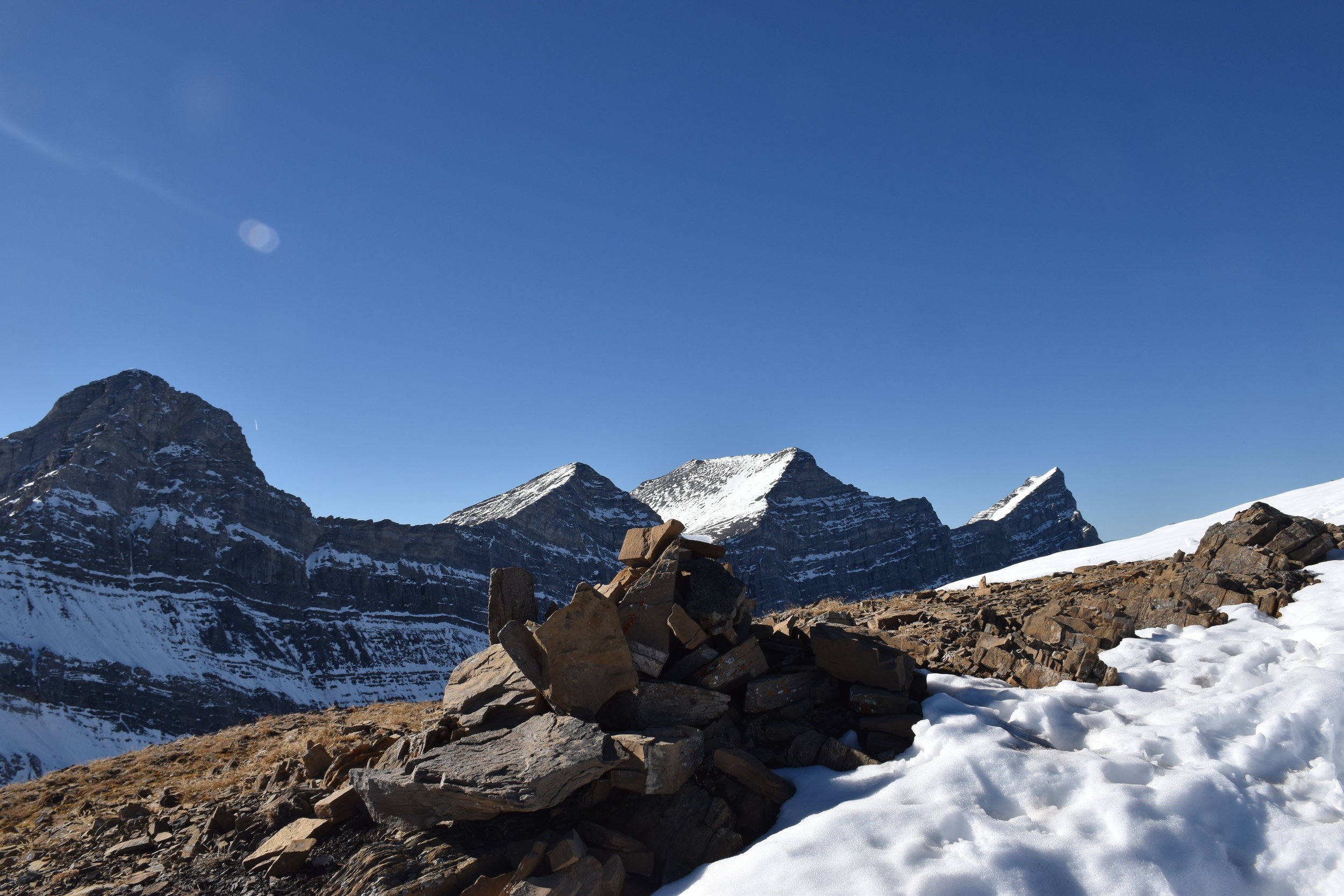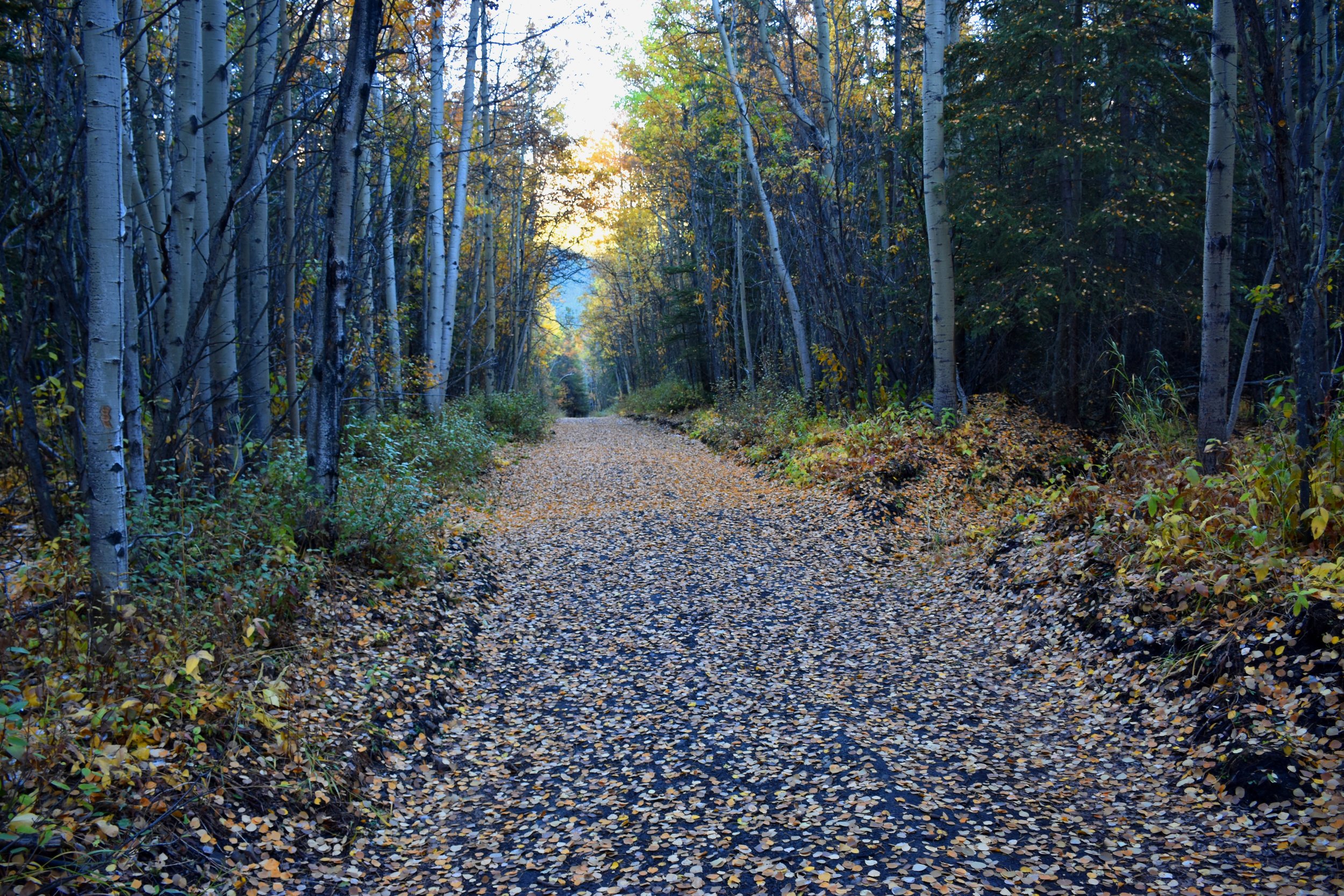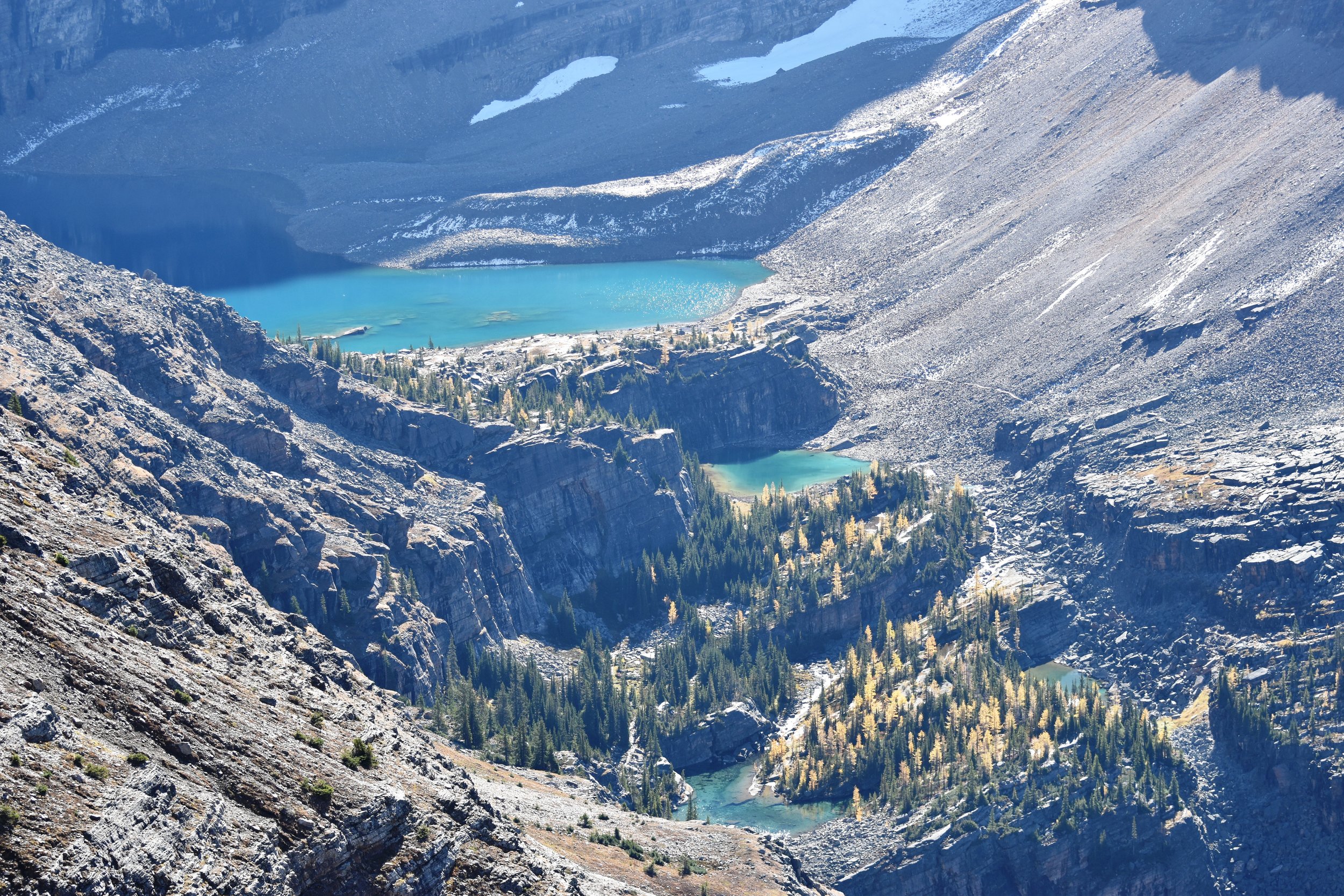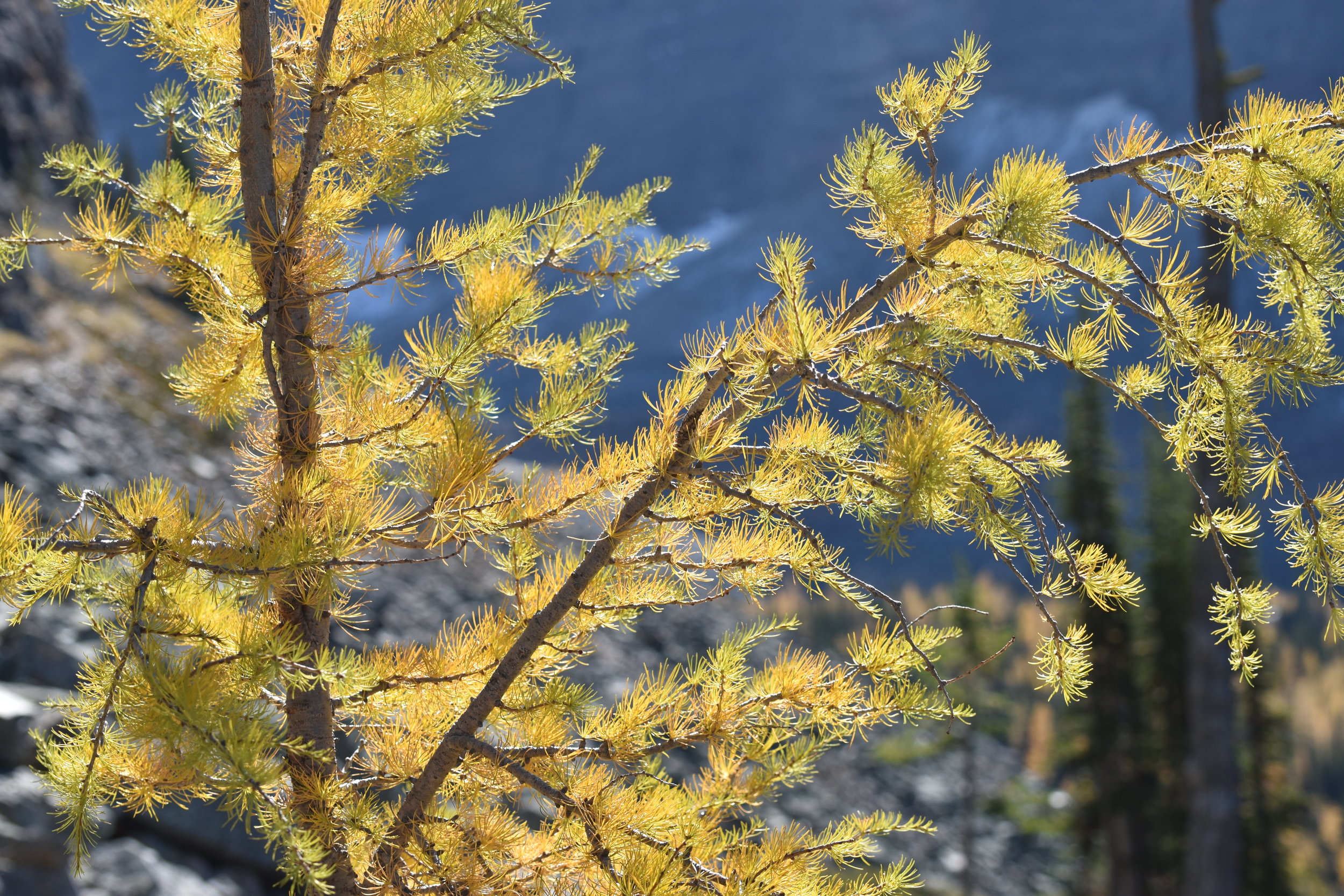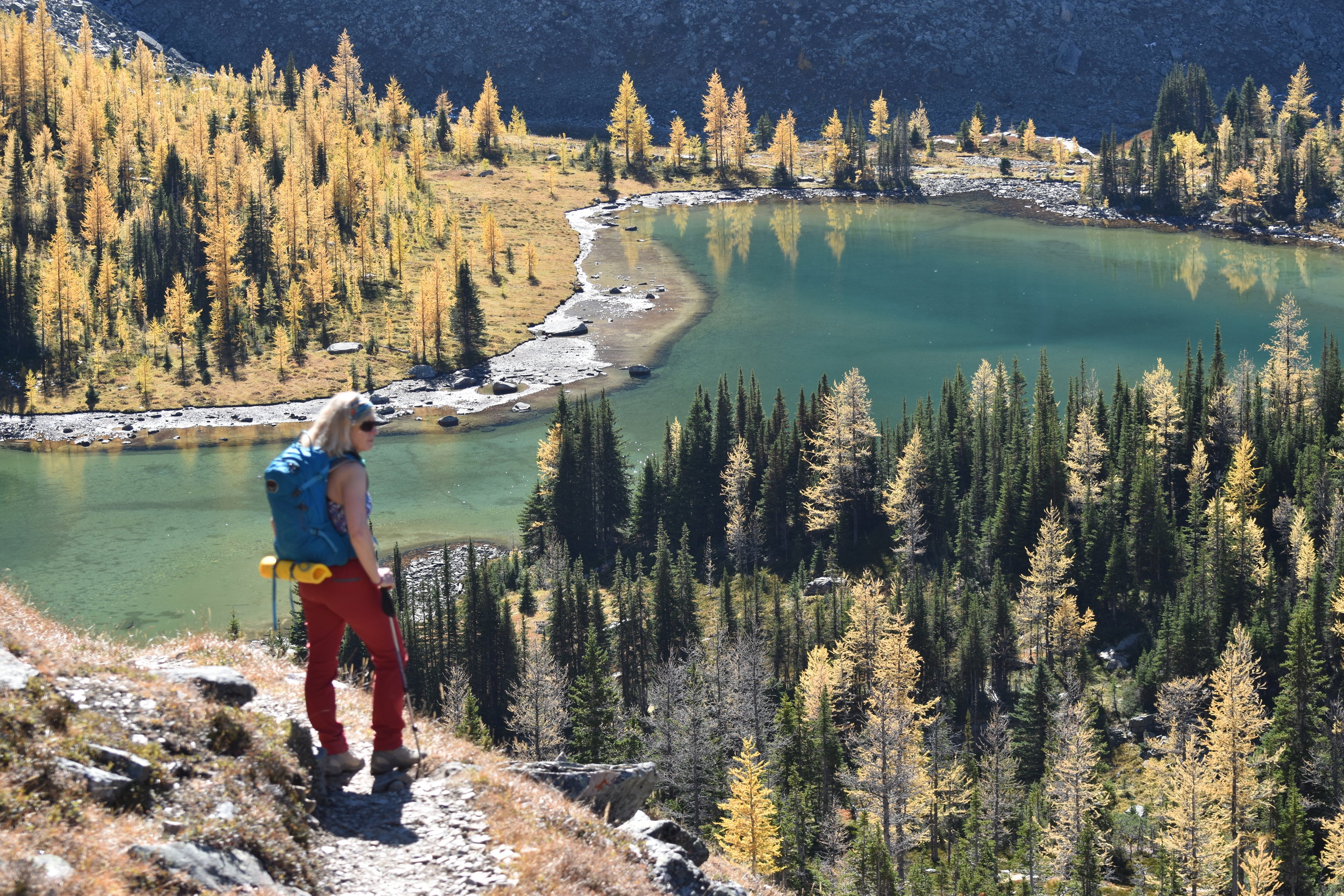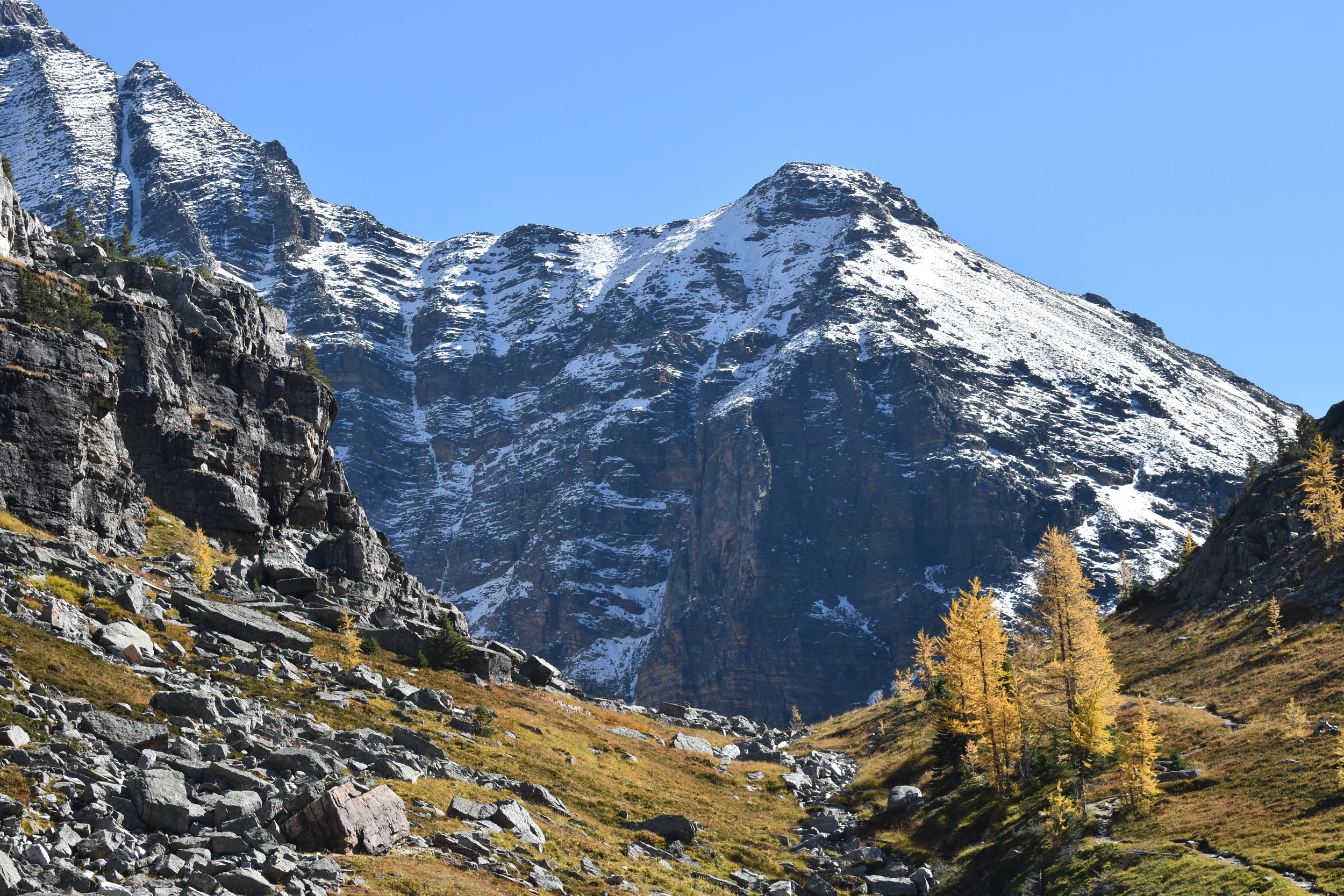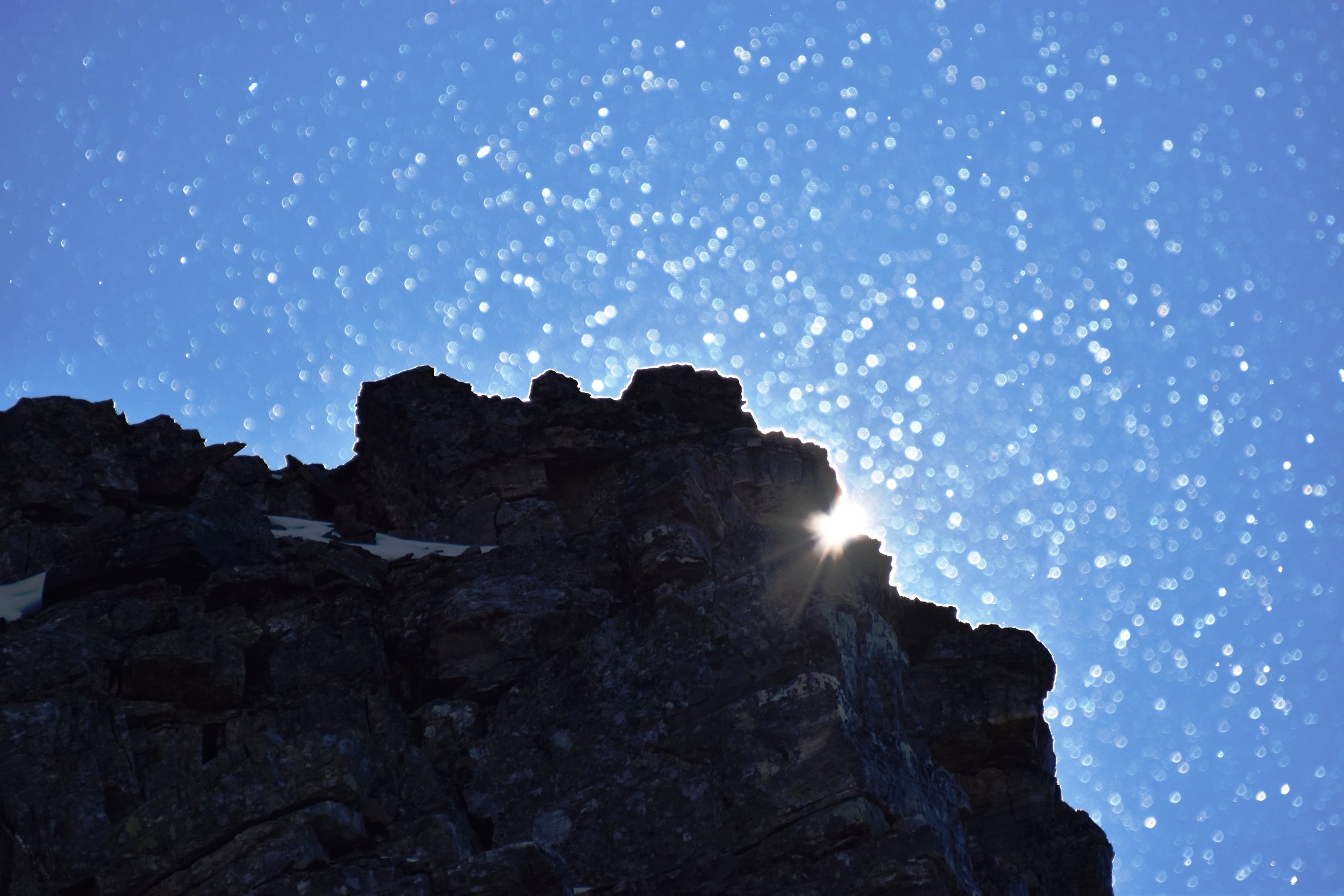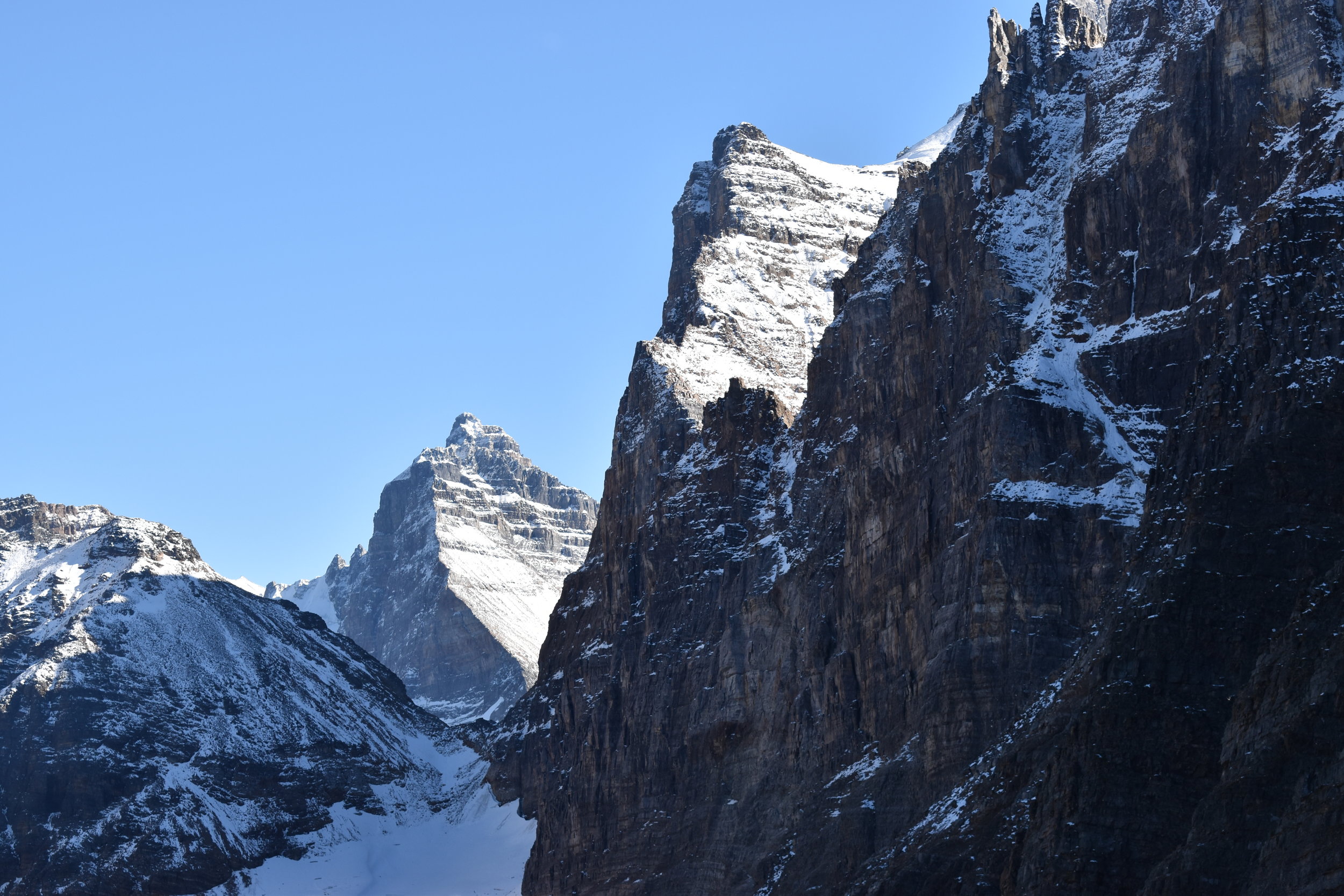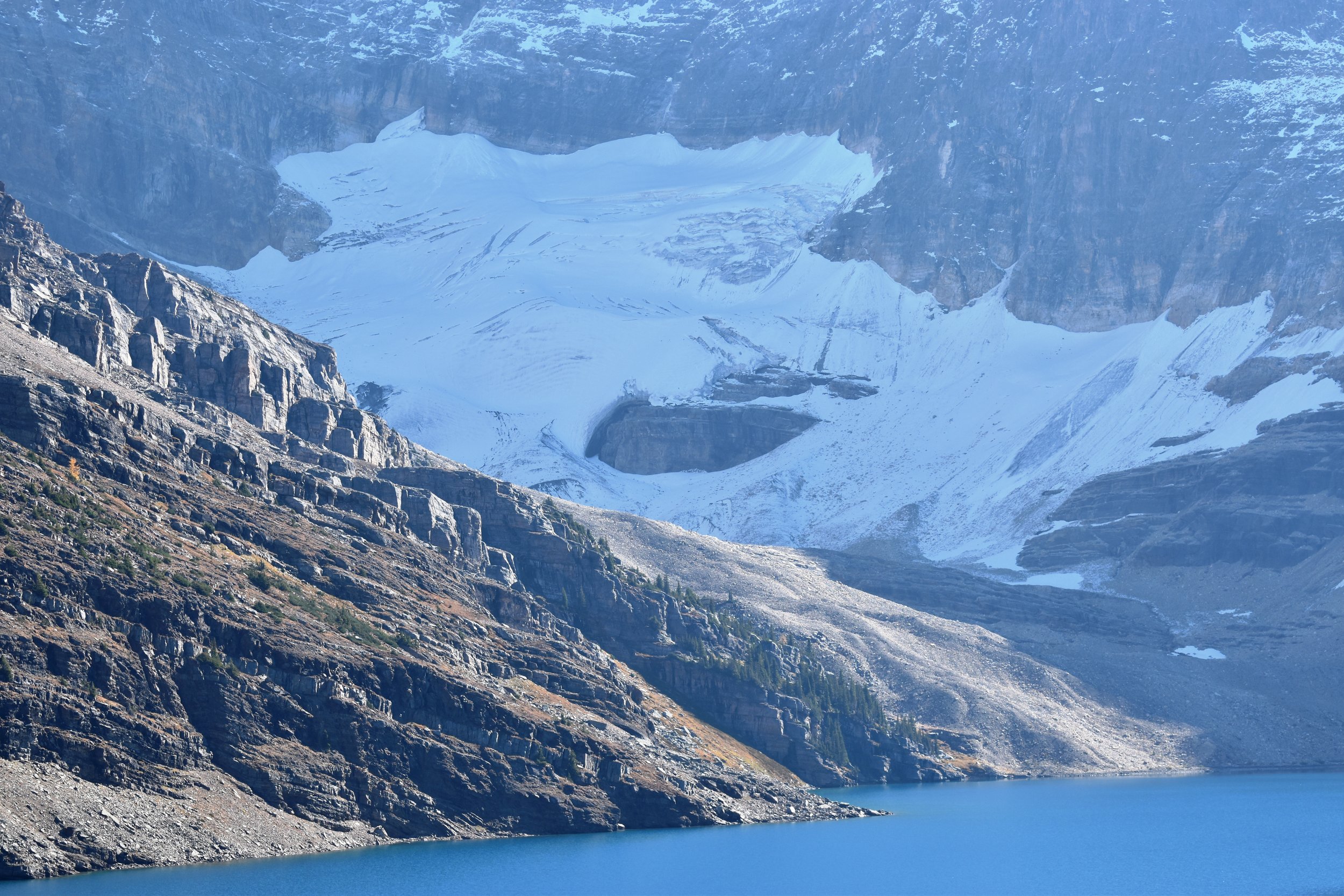Mt Kilimanjaro and Safari, Tanzania
/We just finished a trip to Tanzania that included climbing Mt Klilmanjaro and a safari tour of the Ndutu Conservation Area, Serengeti National Park, and the Ngorongoro Crater. Below are a few pictures along the way.
Kilimanjaro comes in 5895m (19,341 feet) above sea level, making it the highest peak in Africa. Despite being just south of the equator, it's very cold at the top! The climb took 7 days, and we couldn't have done it without guides and porters, which are required anyway.
Although not technical, it's difficult due to the altitude. The first five days on this route (Lemosho) are spent slowly gaining altitude to base camp 4600m (15,100') - plenty of up AND down just to help with acclimatization. Climb day requires gaining 1295m (4200') to the frozen peak starting at midnight. We reached the peak before sunup, and the camera batteries were not happy! We descended into the rising sun for 2785m (9100'), making it the longest descent on foot that I've ever done! We were toast. Next day, we descended another 1280m (4220') before lunch. After a rest day in Moshi, we headed out on safari.
The safari drive to the parks mentioned above is very long (8-10 hour drive). But, our accommodations were awesome, and the wildlife was incredible. The wildebeest migration was in full swing - perhaps giving us an idea of the bison on the Canadian/American plains before they were wiped out. With these beast are zebras, hyenas, leopards, cheetas, and a variety of other creatures. What a place!




